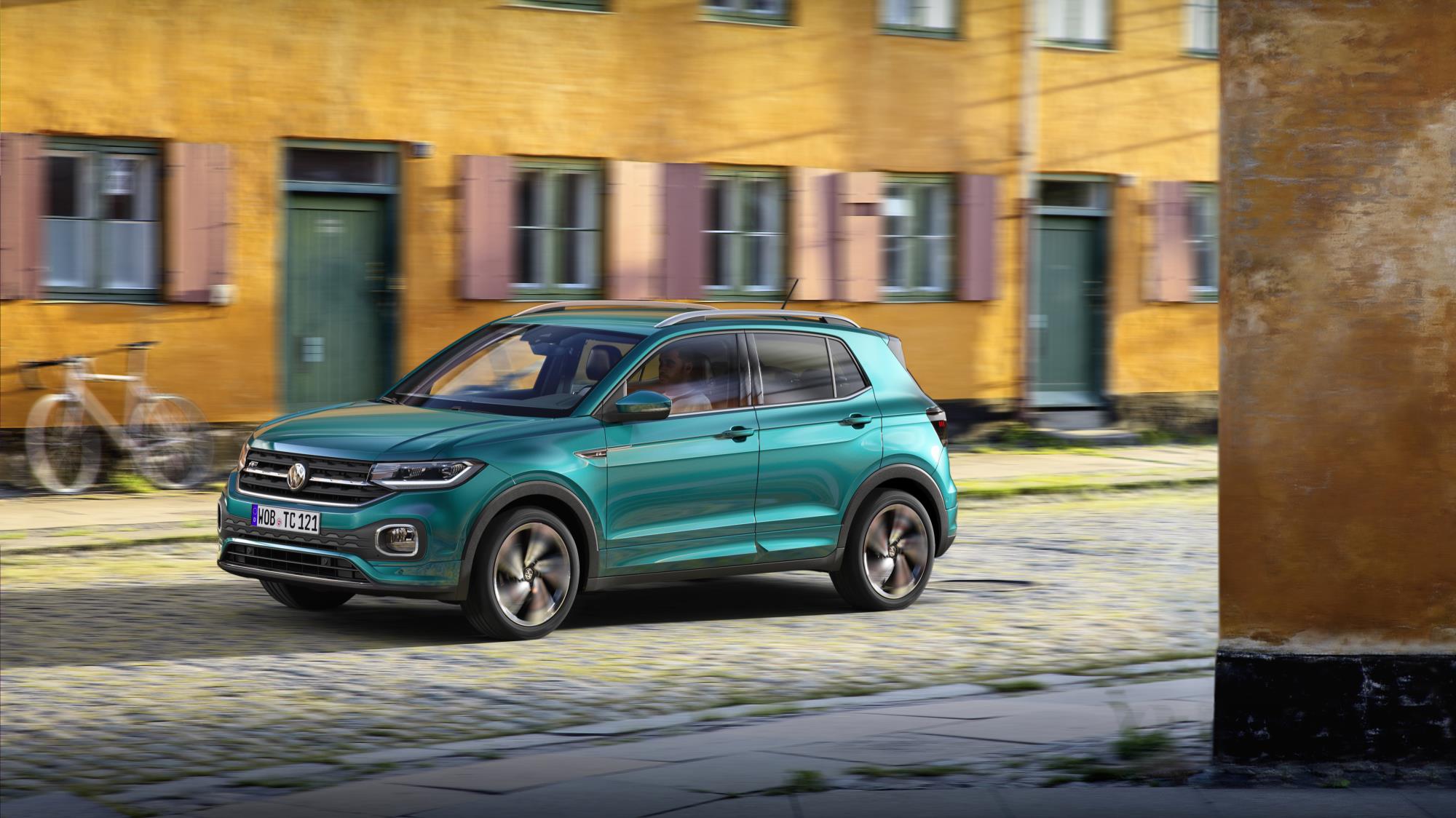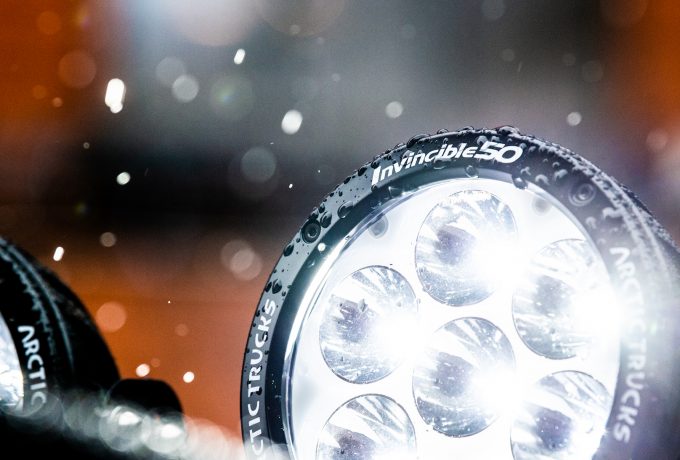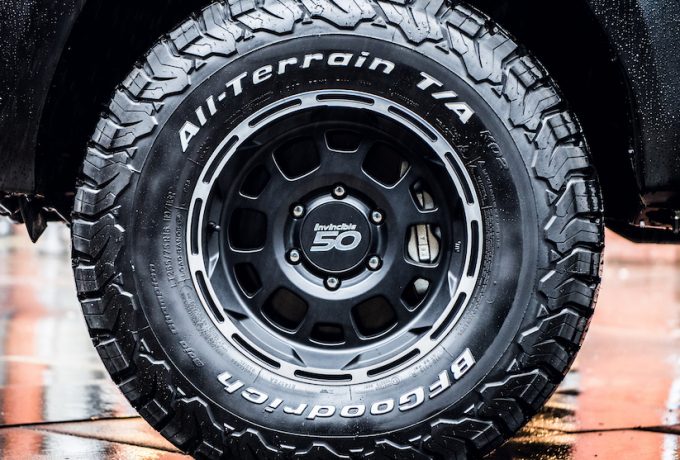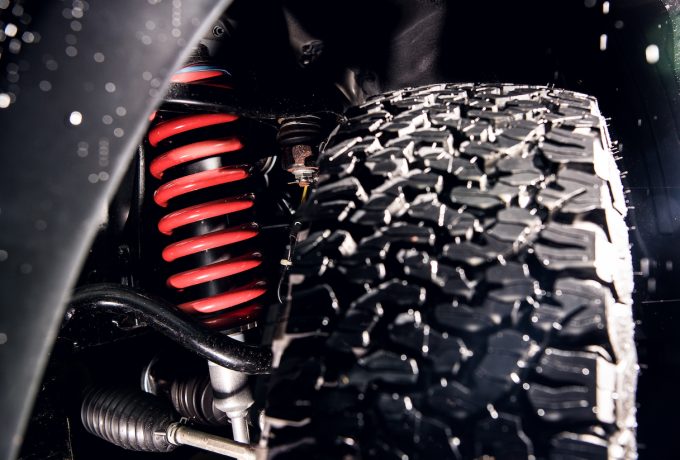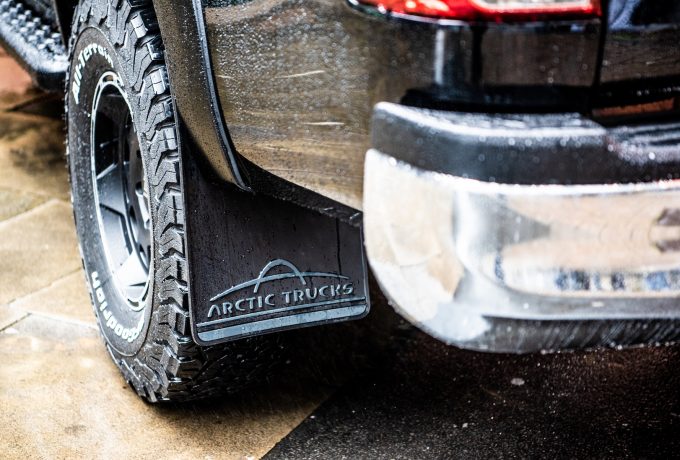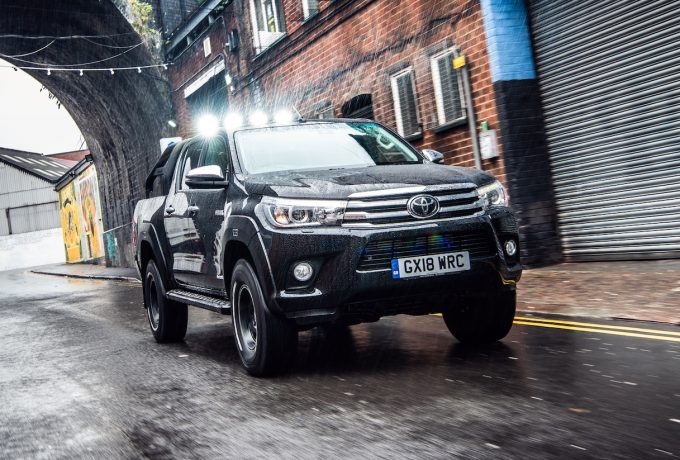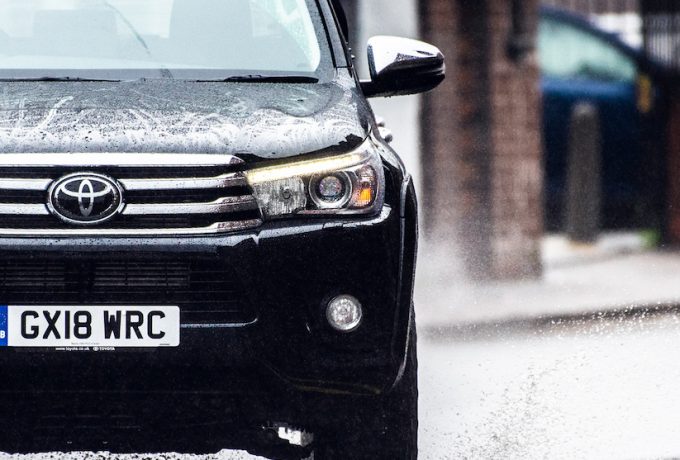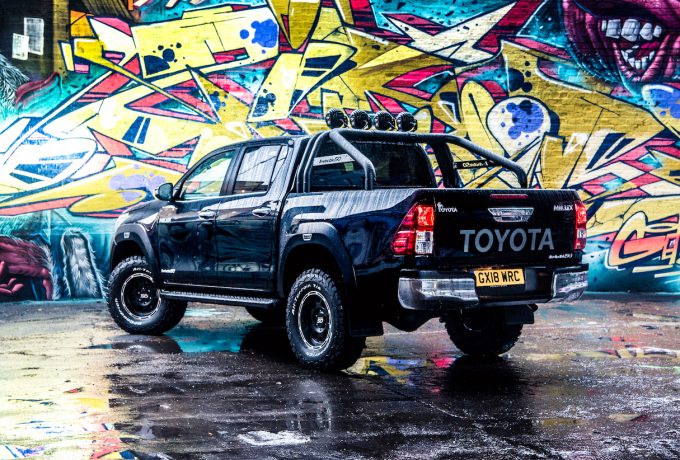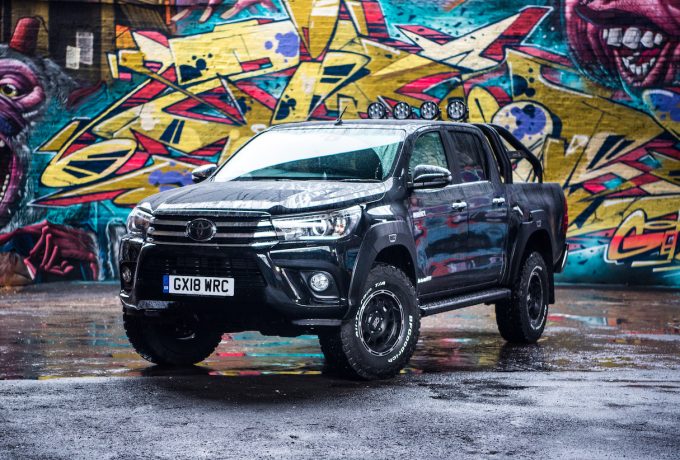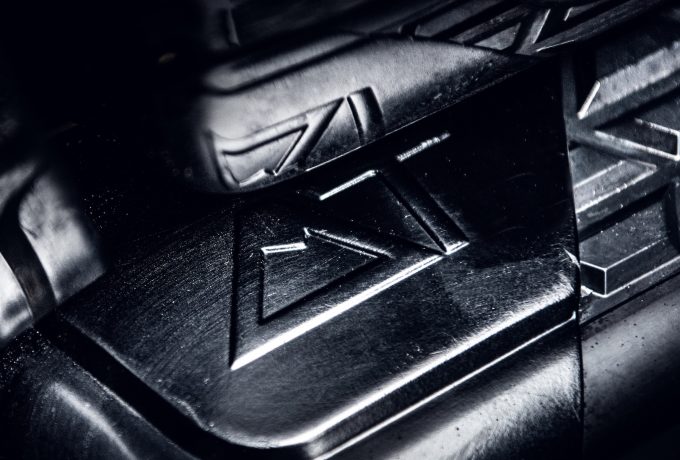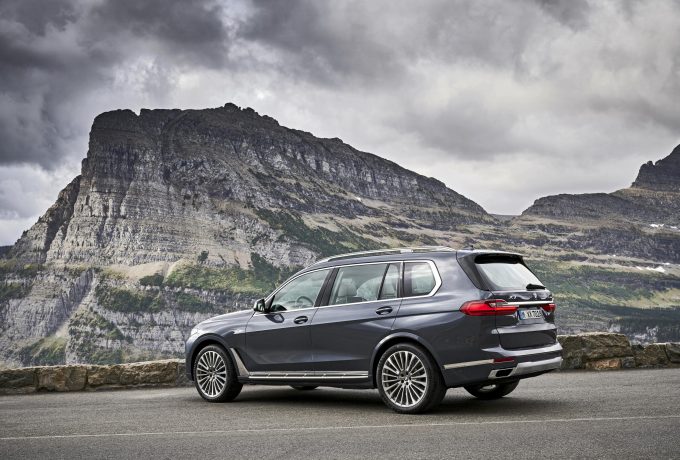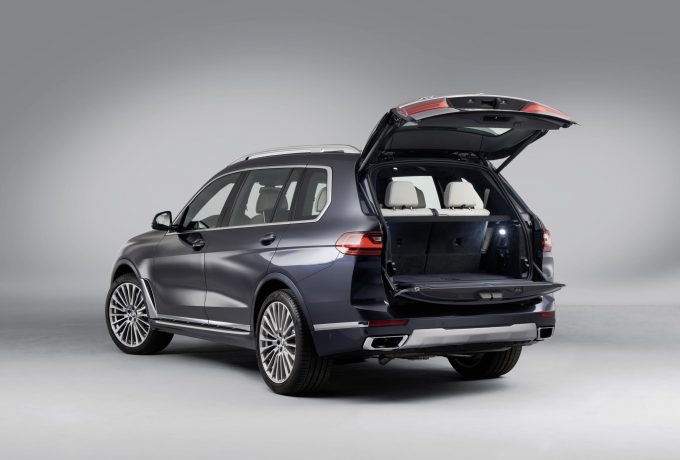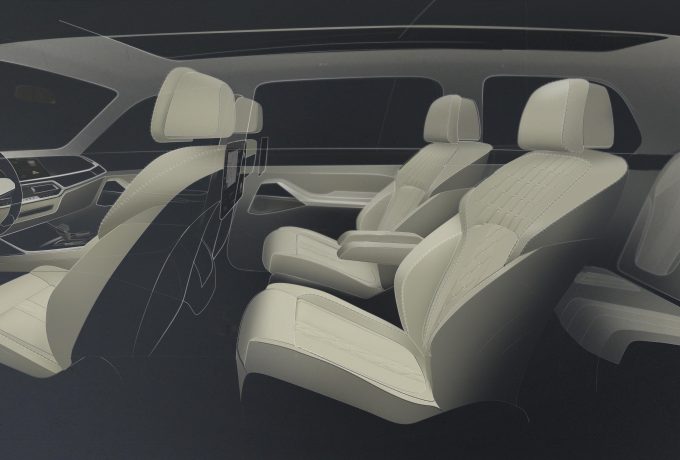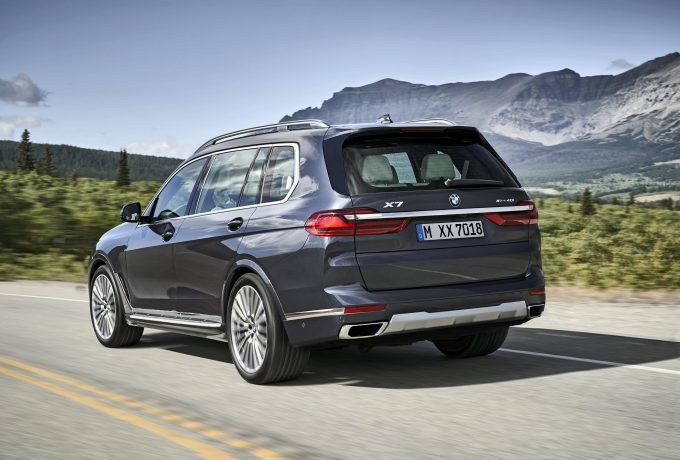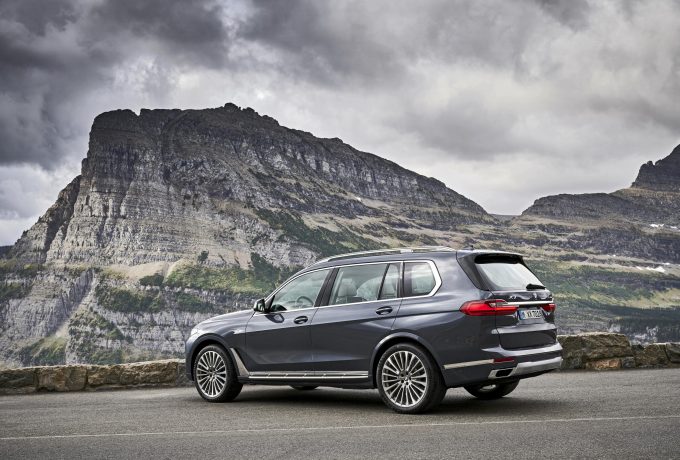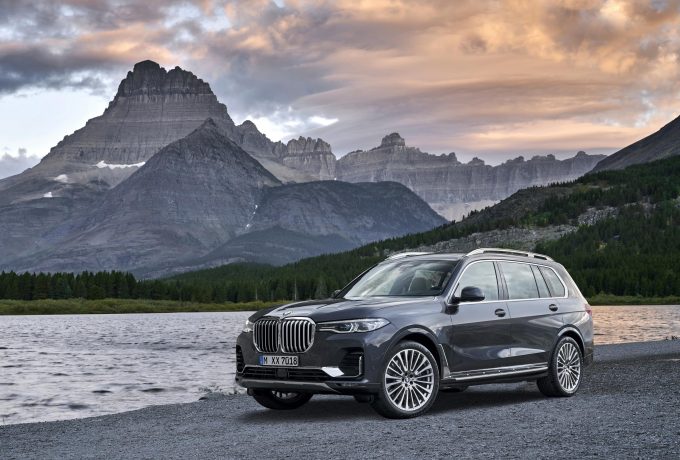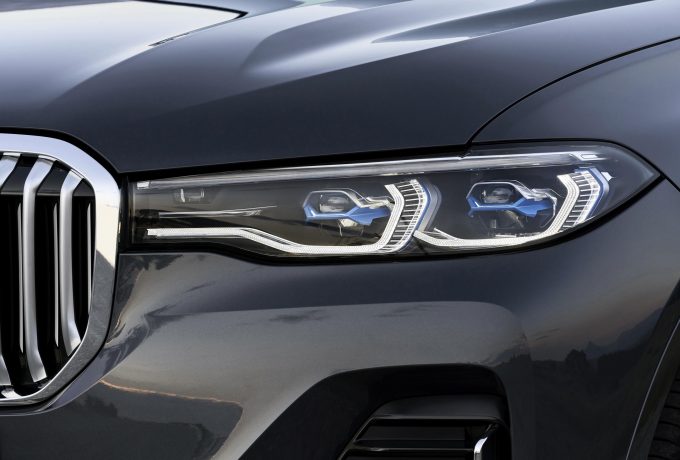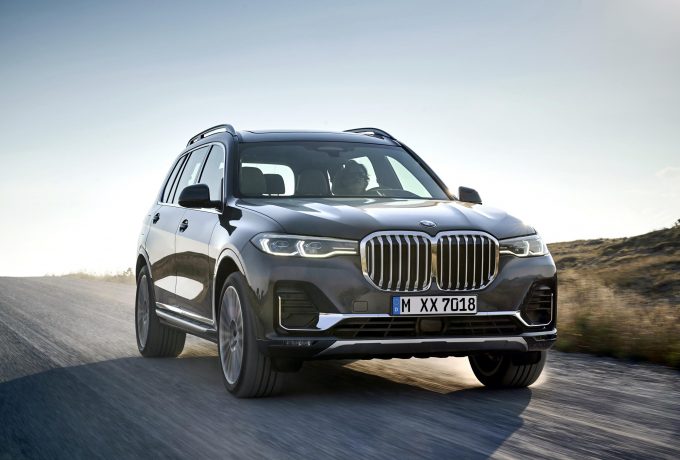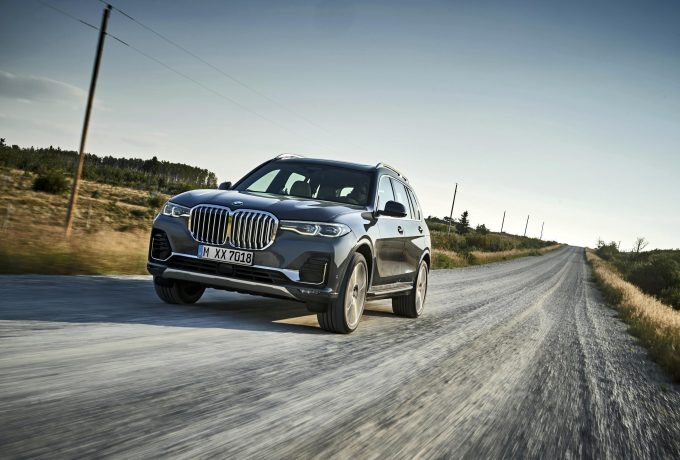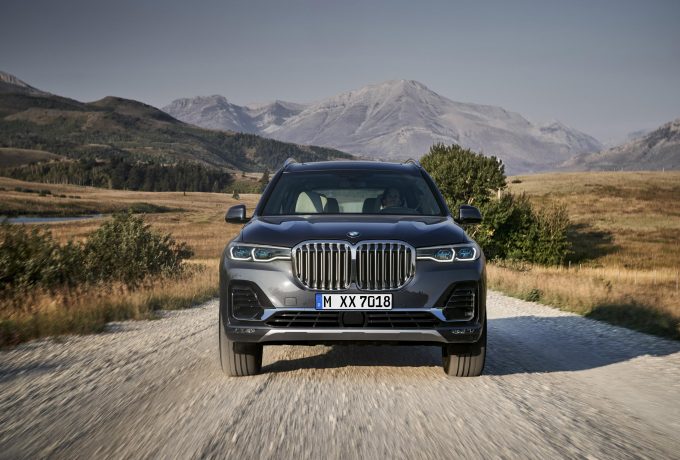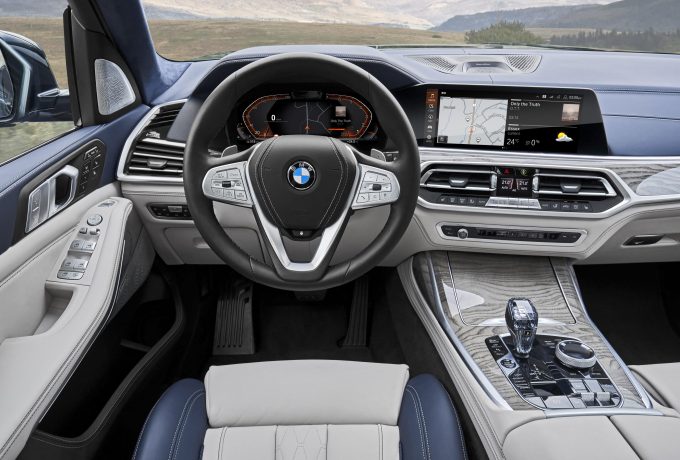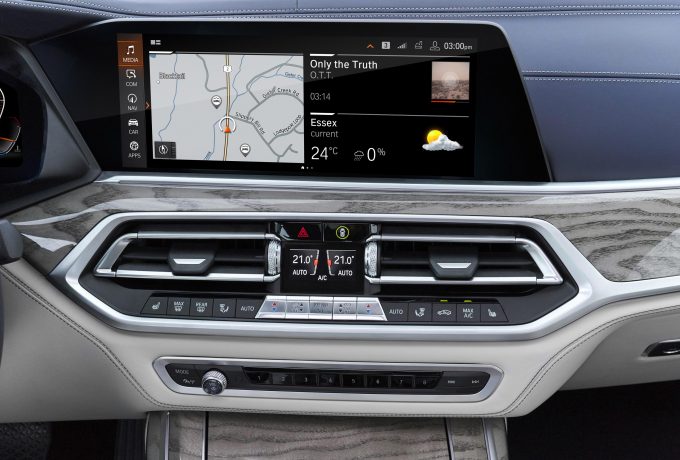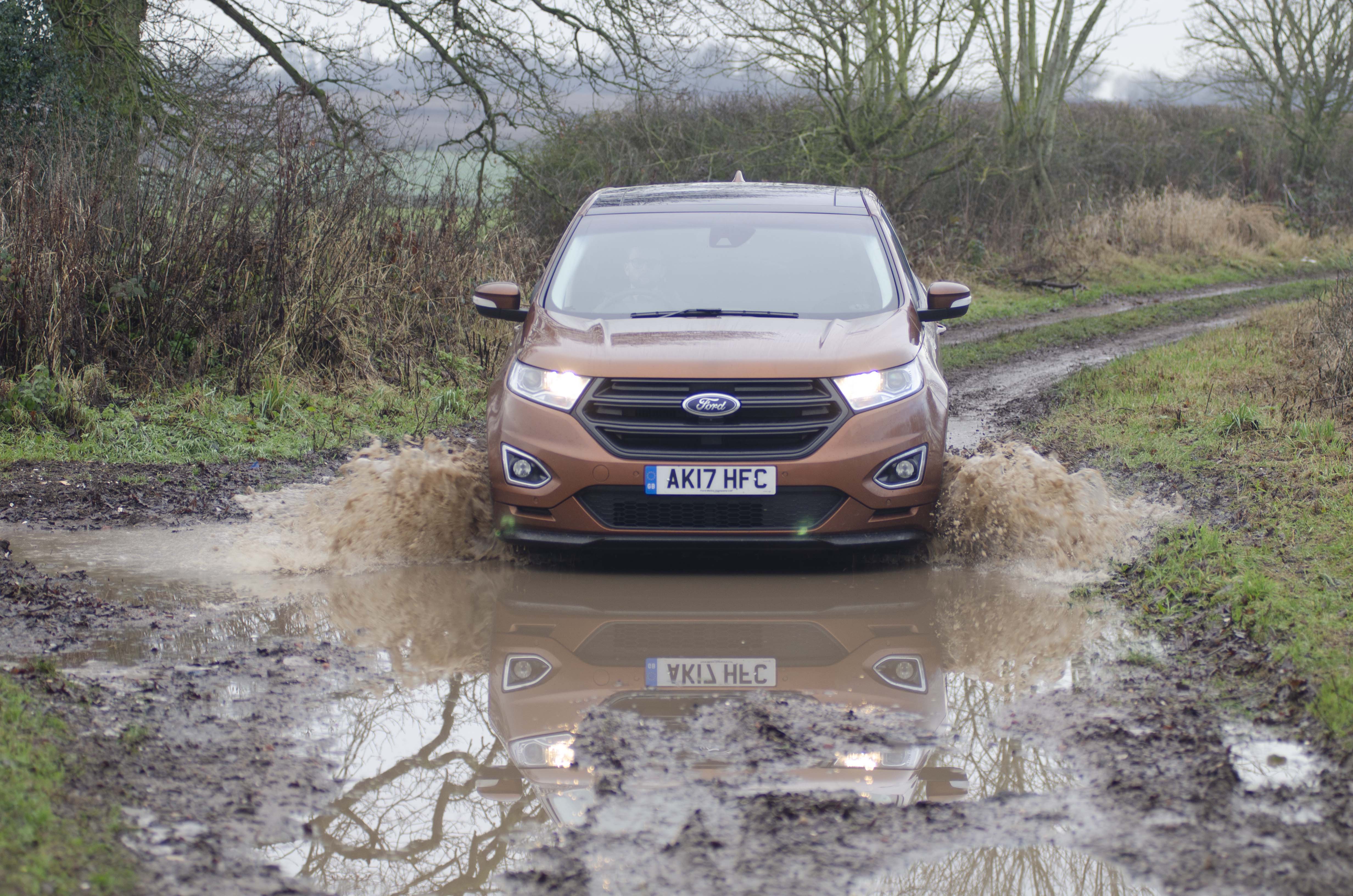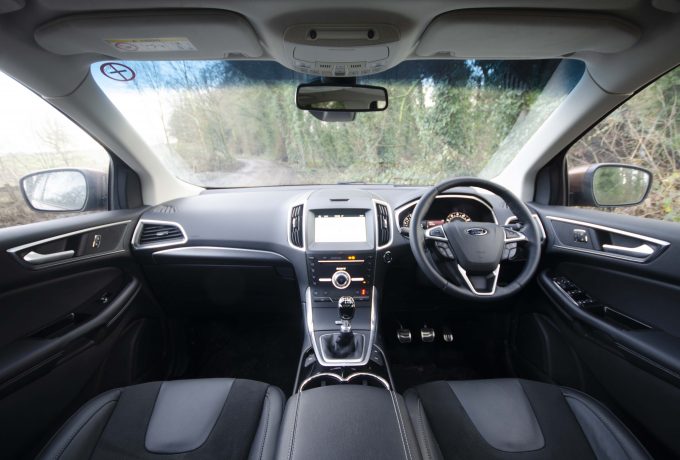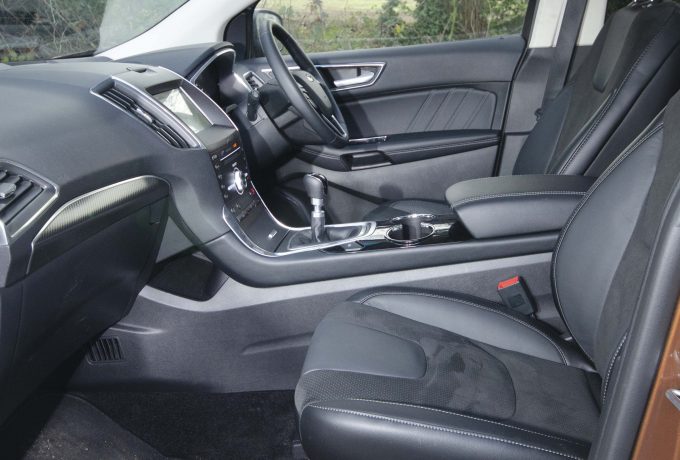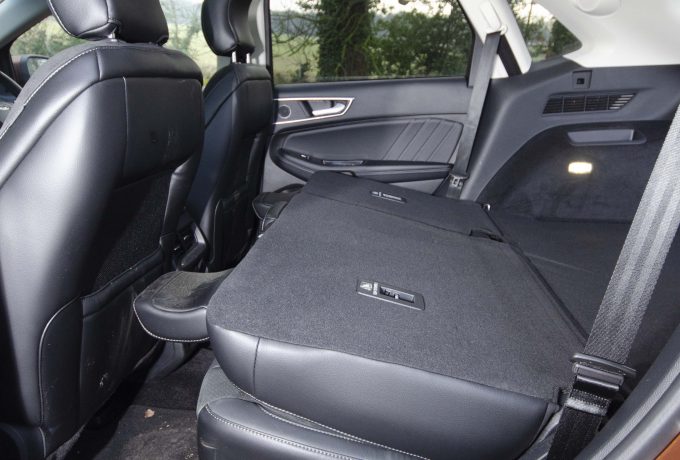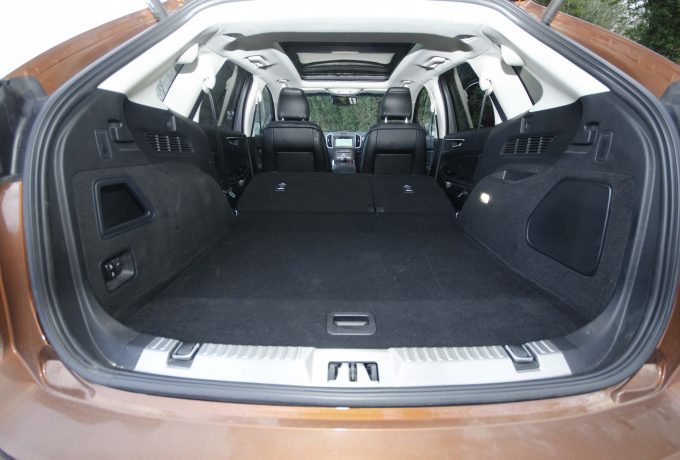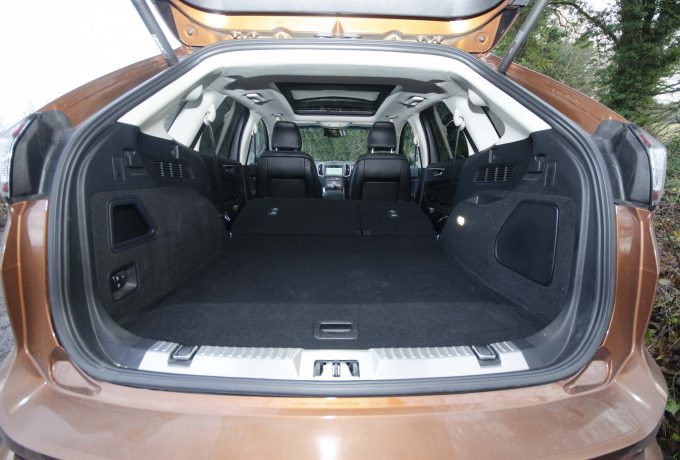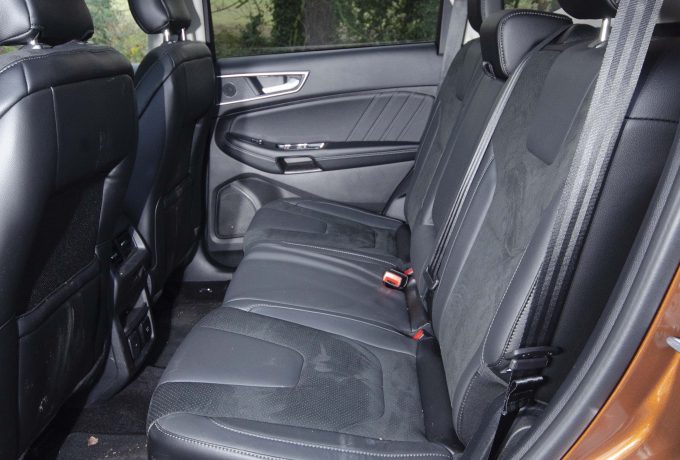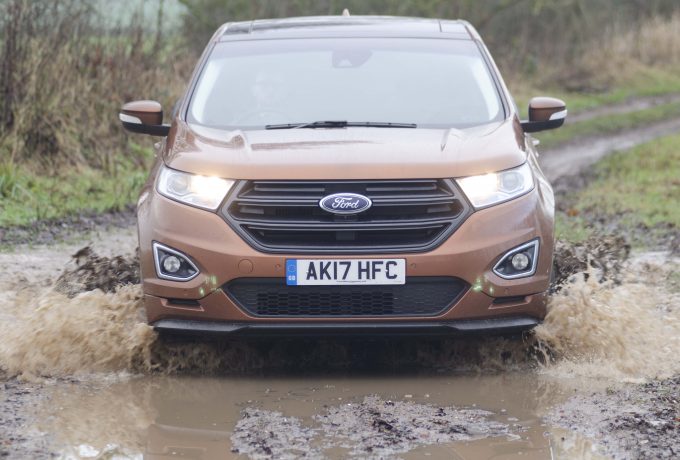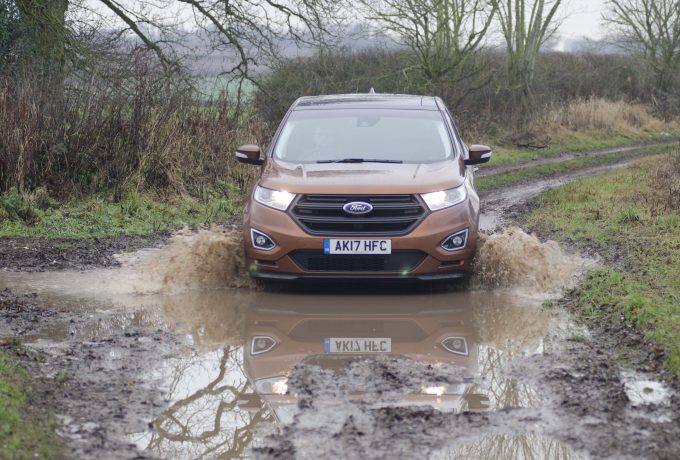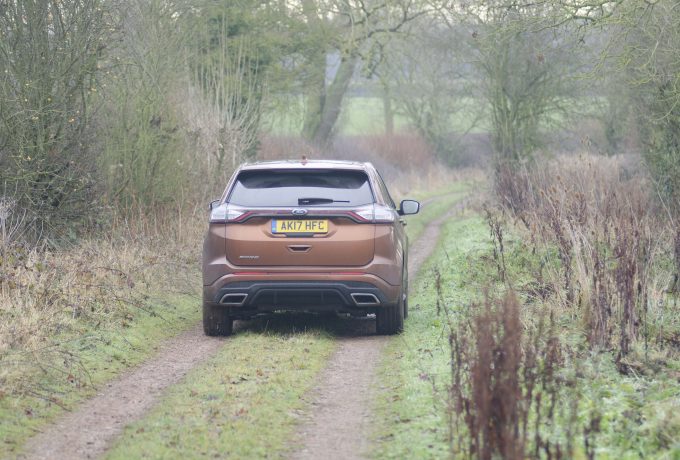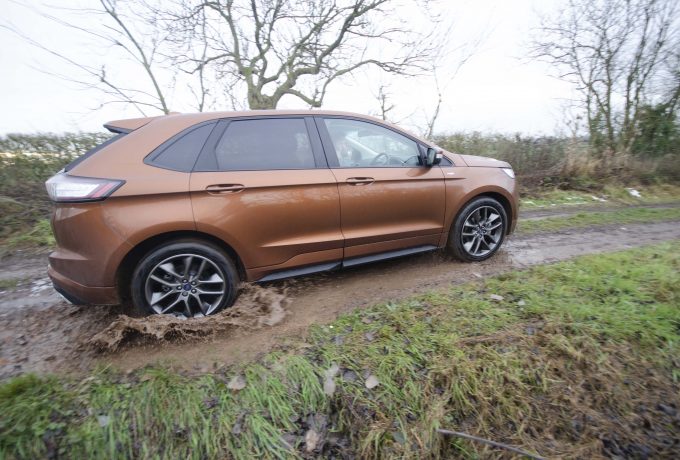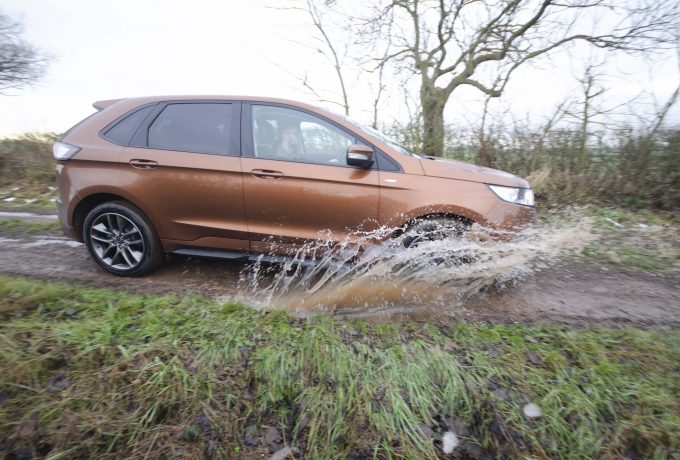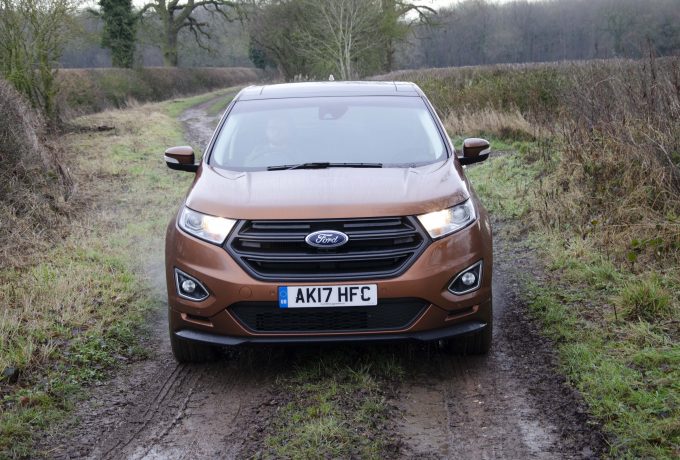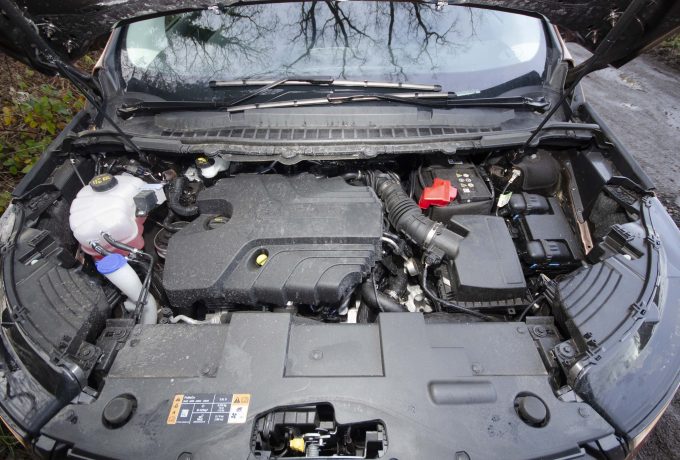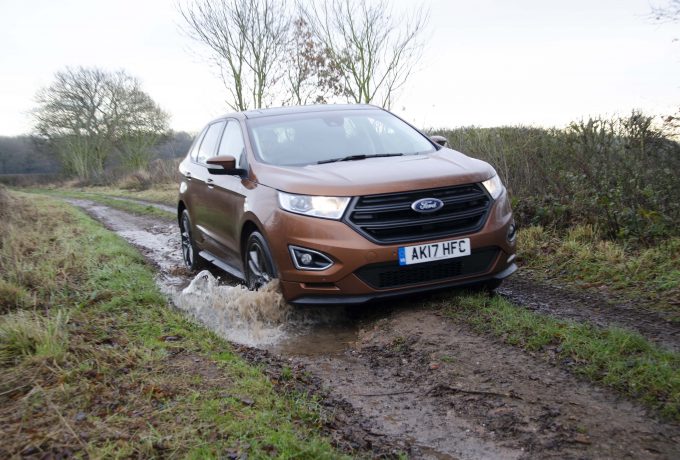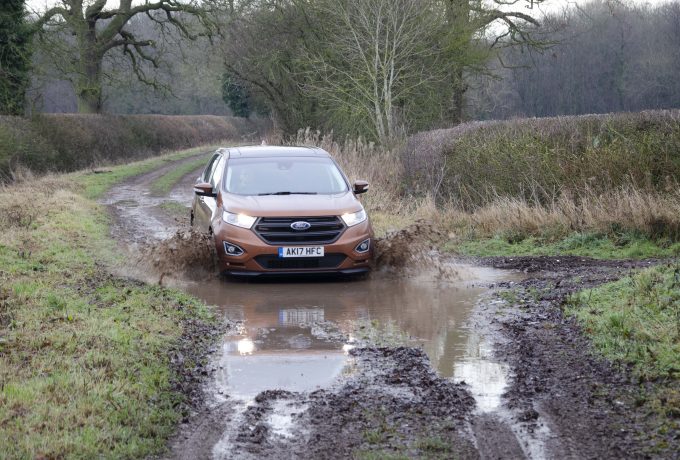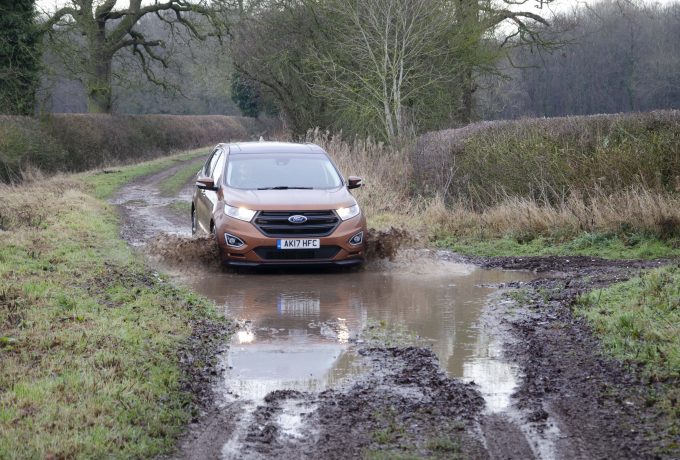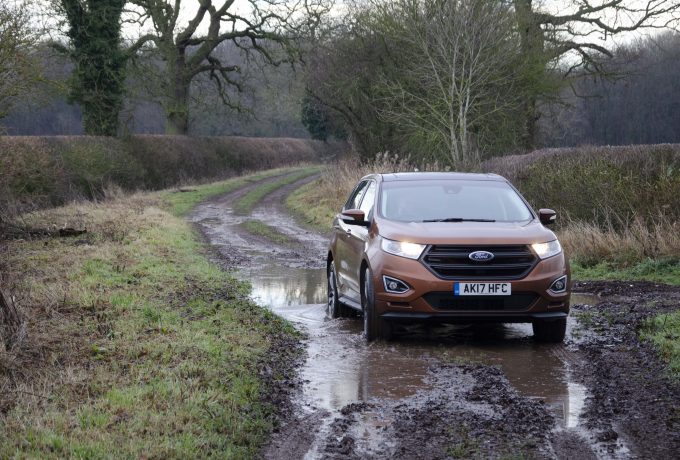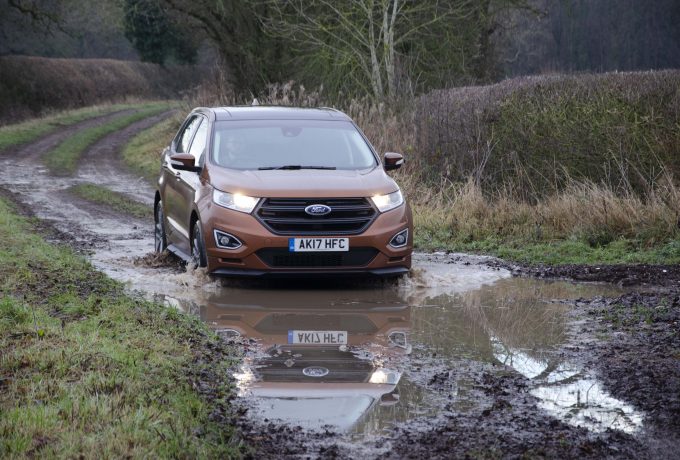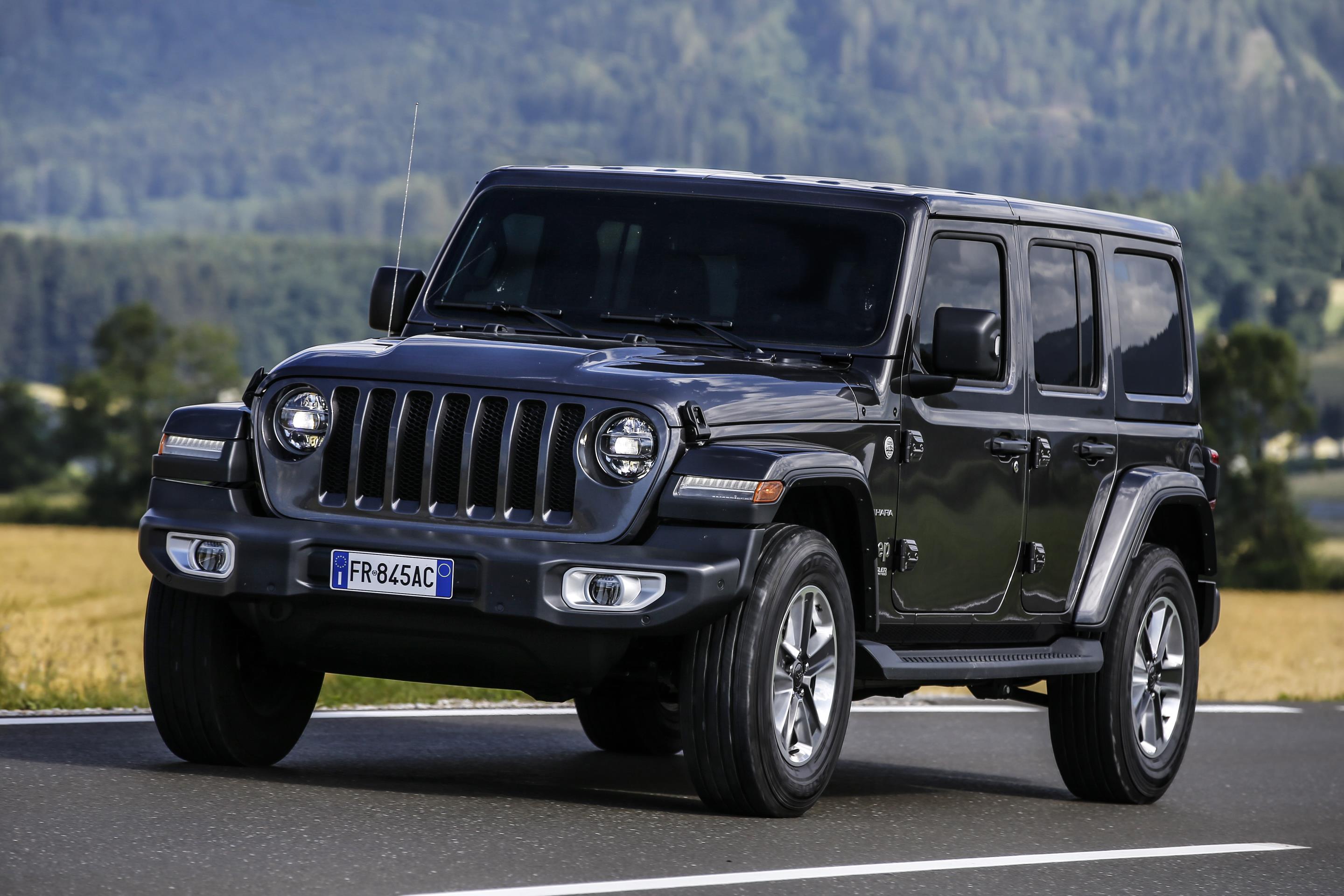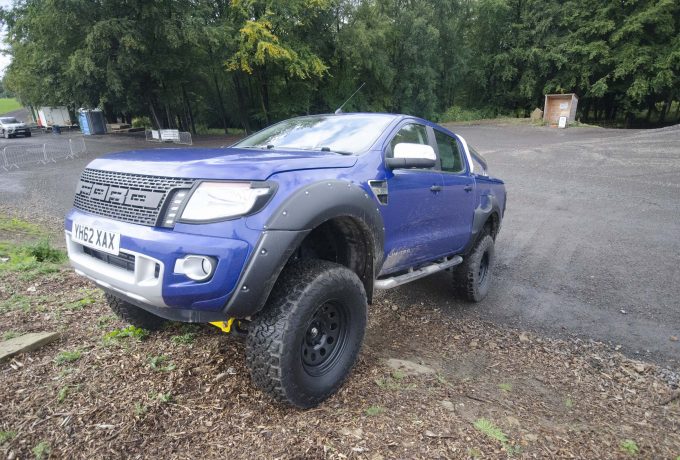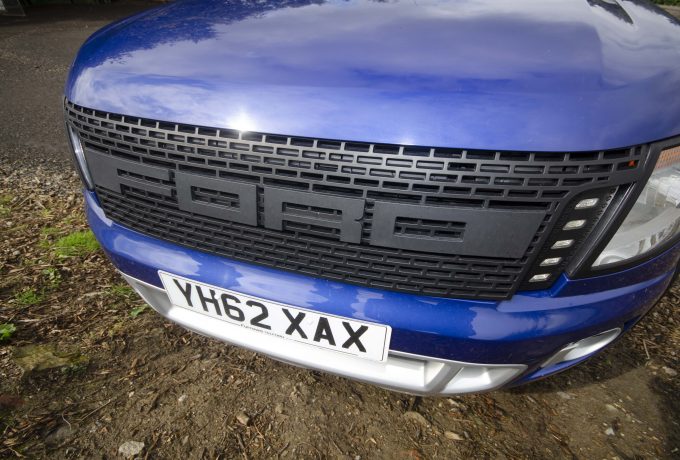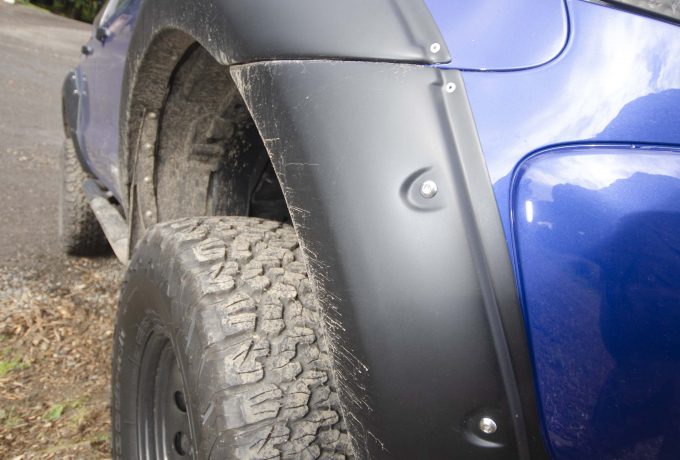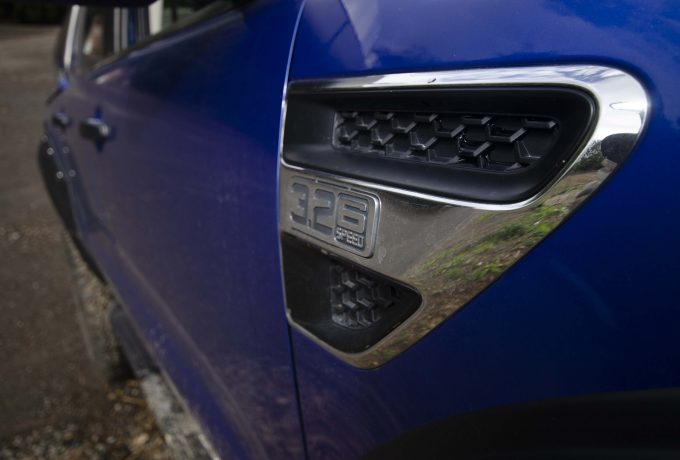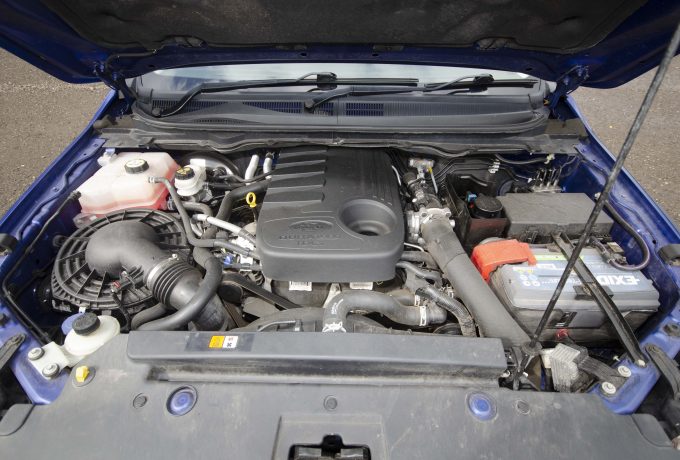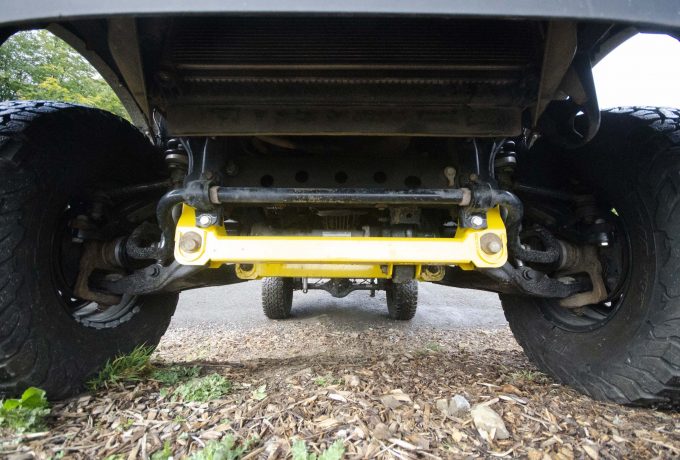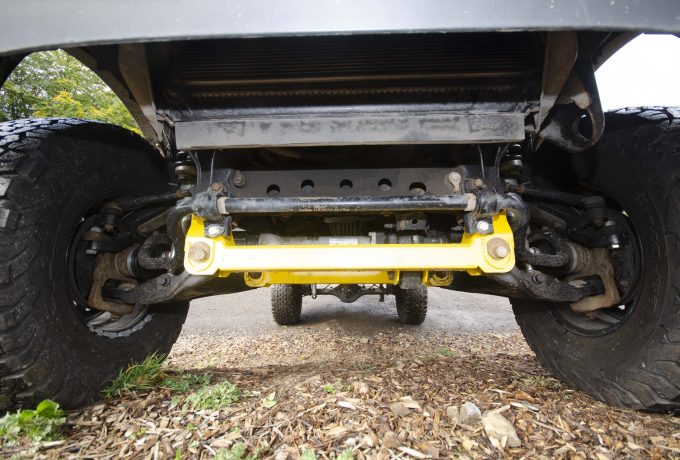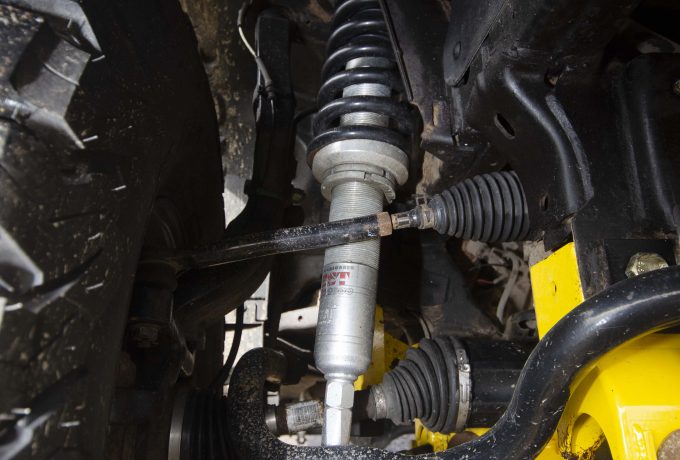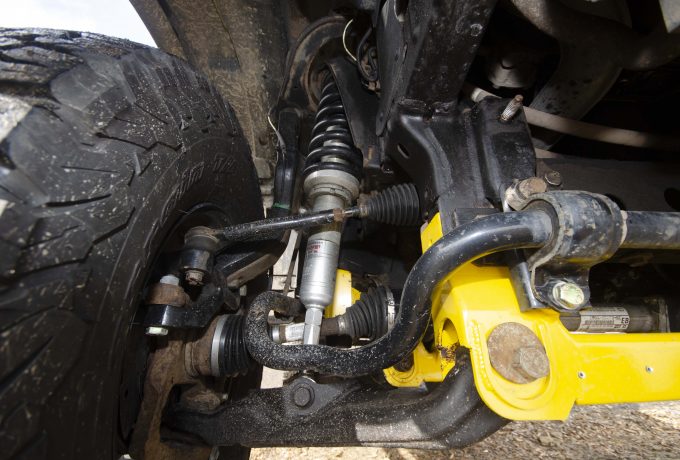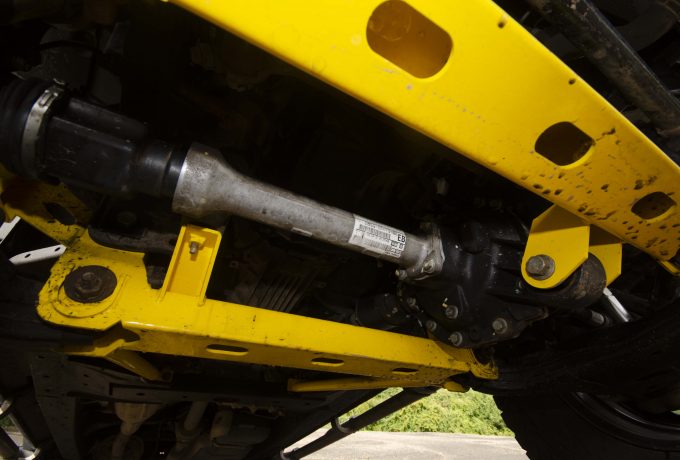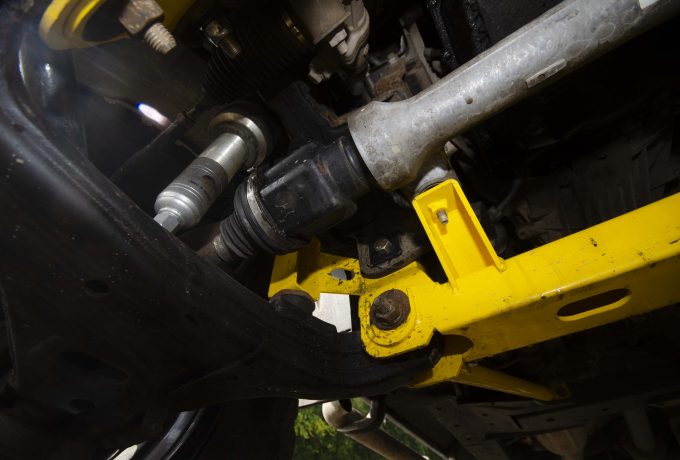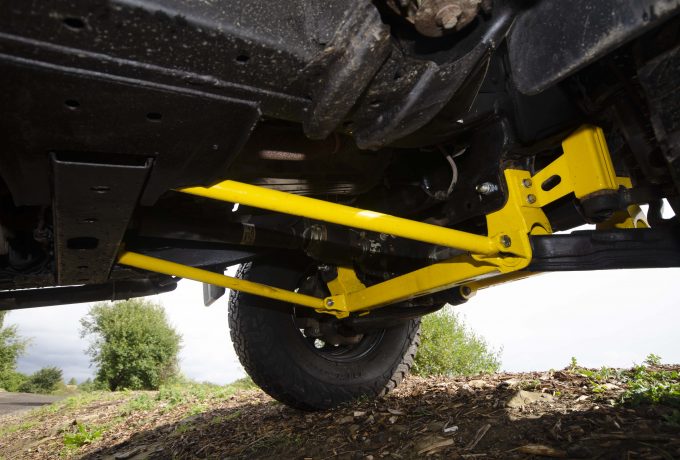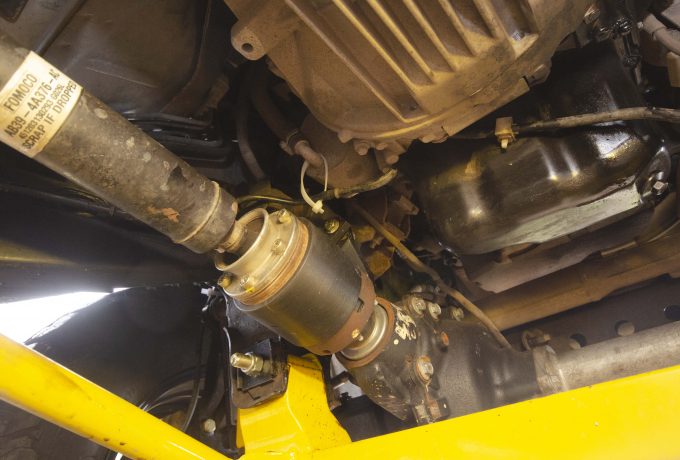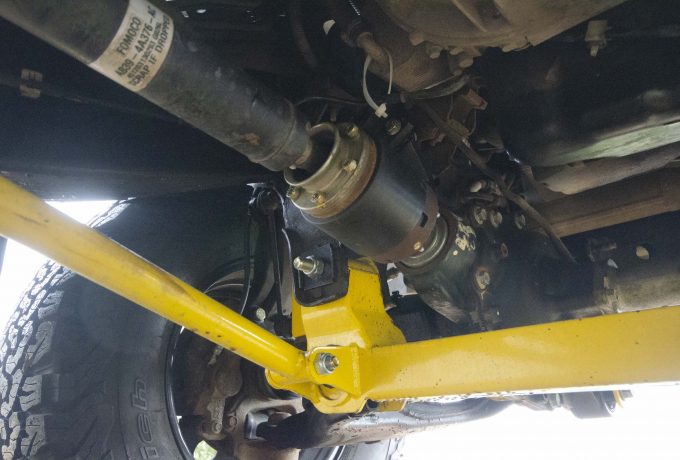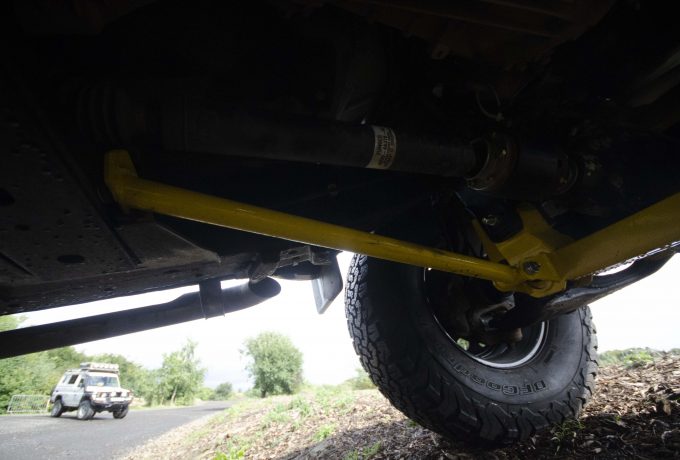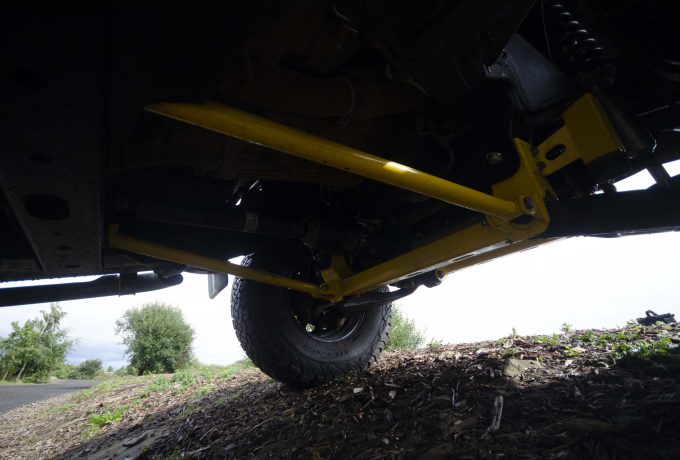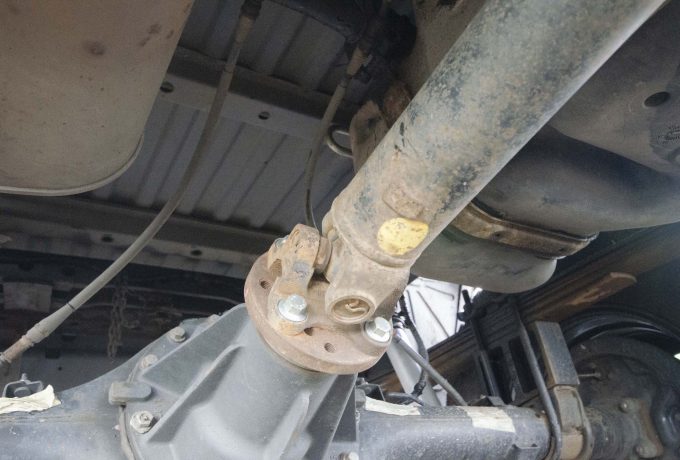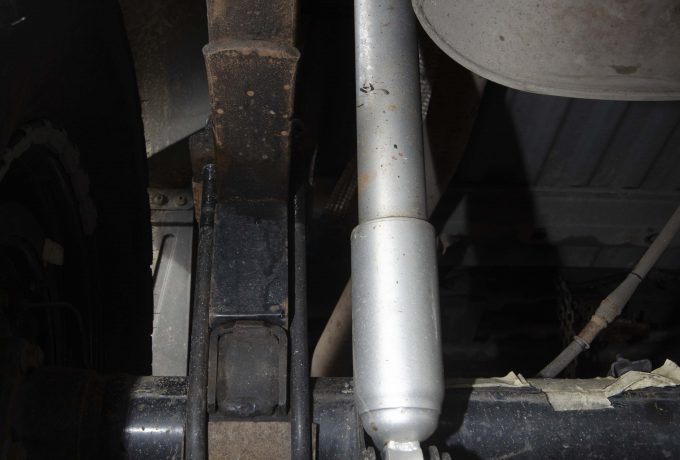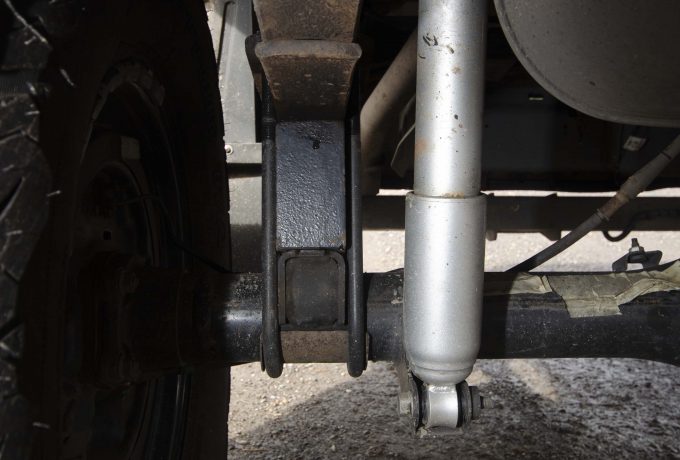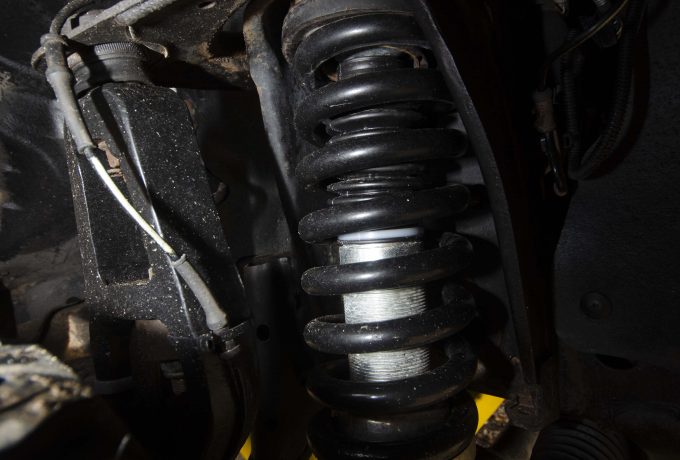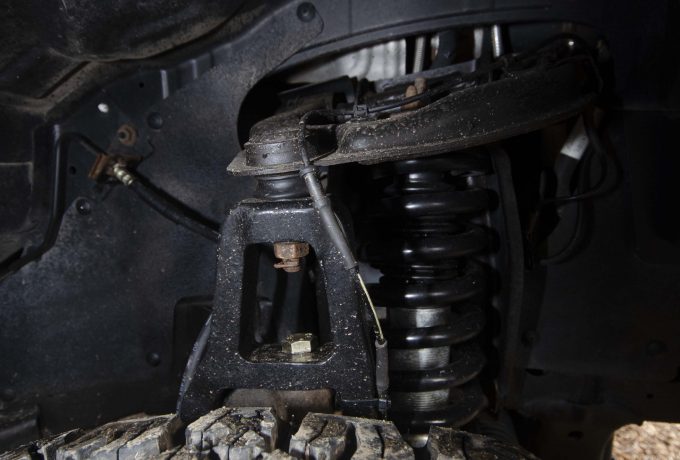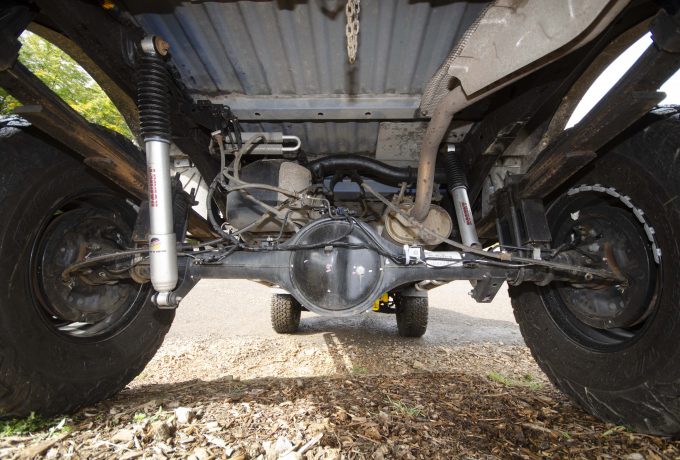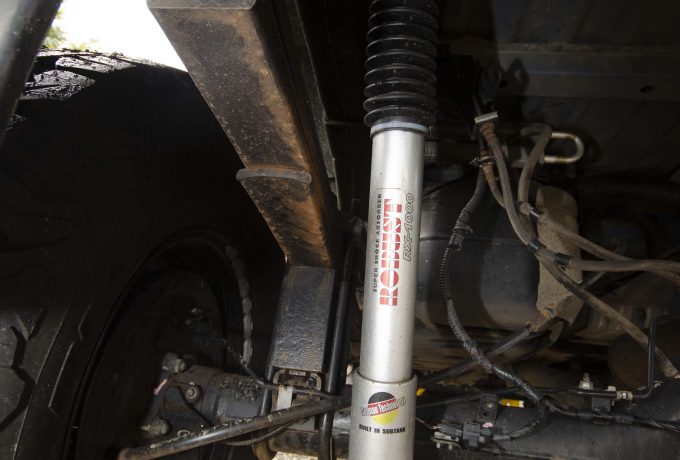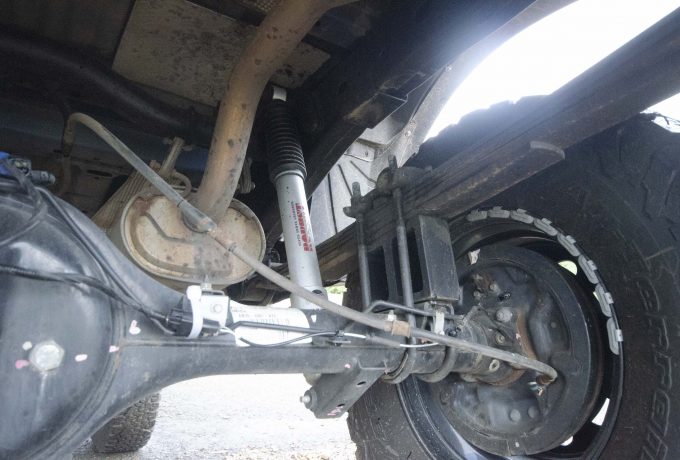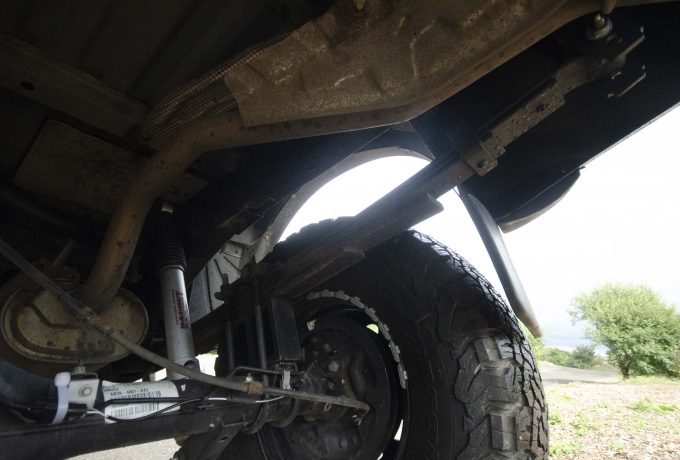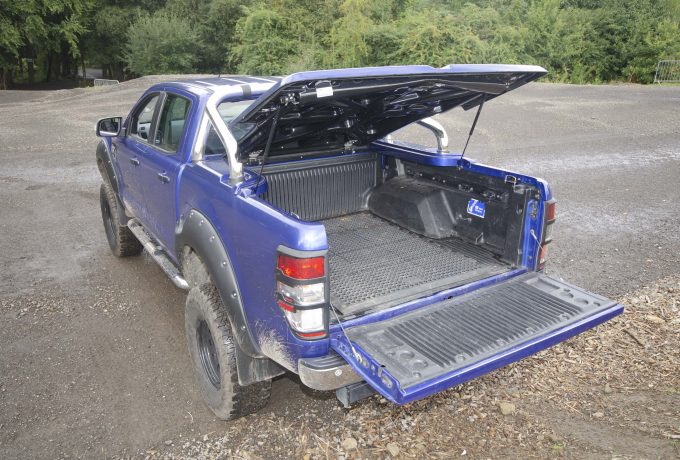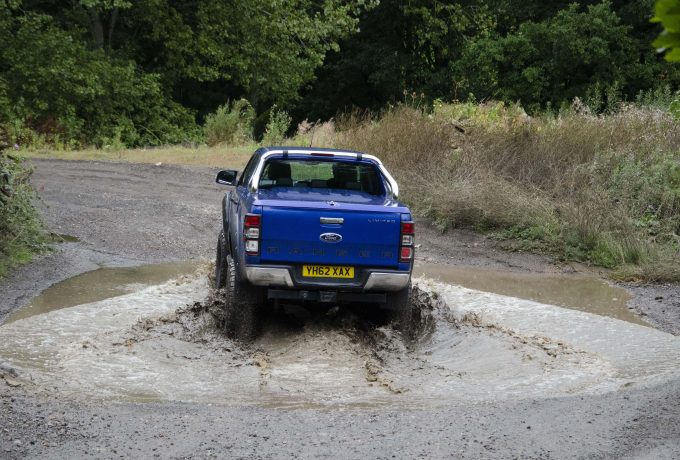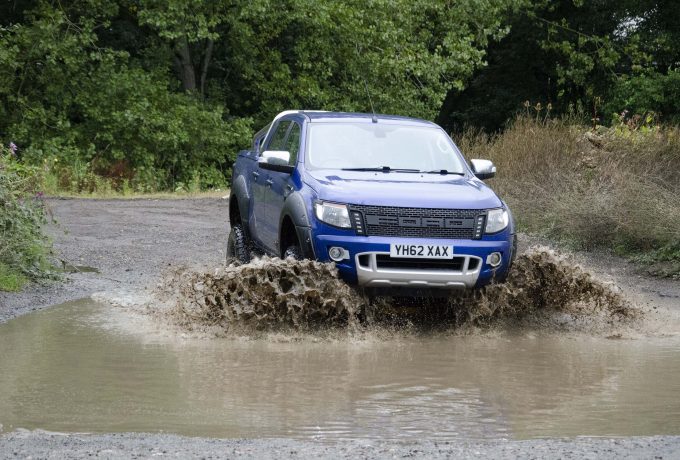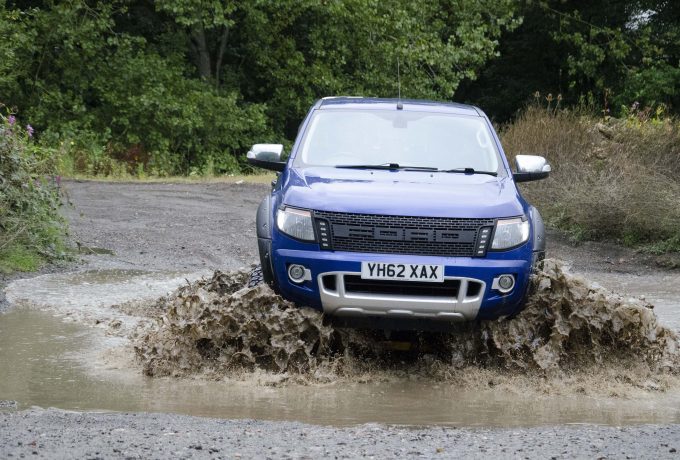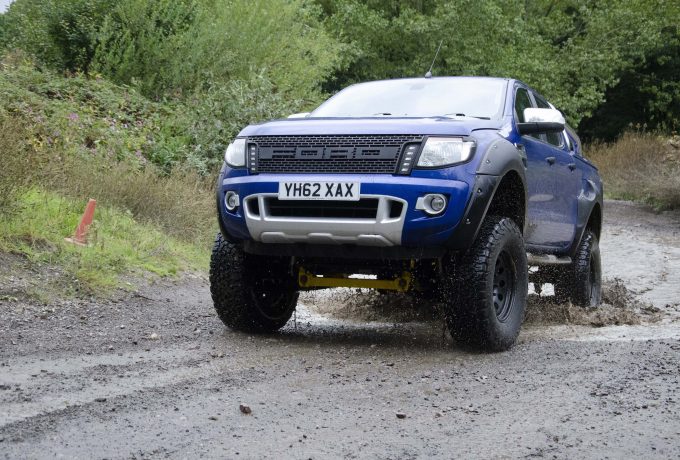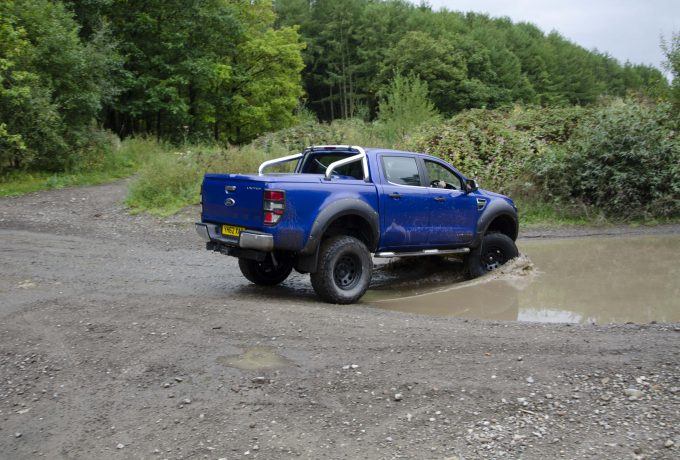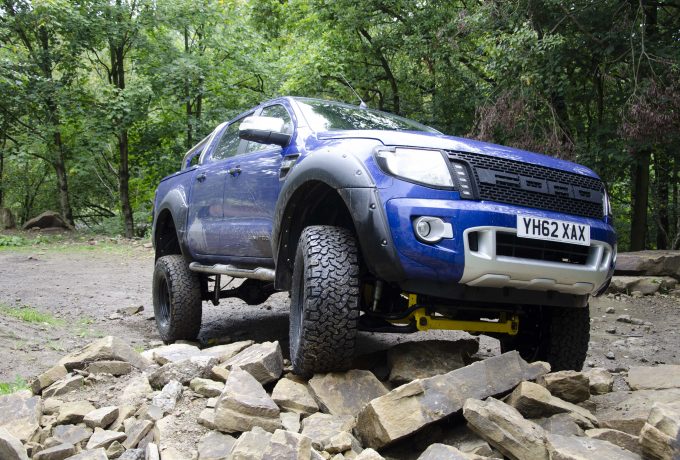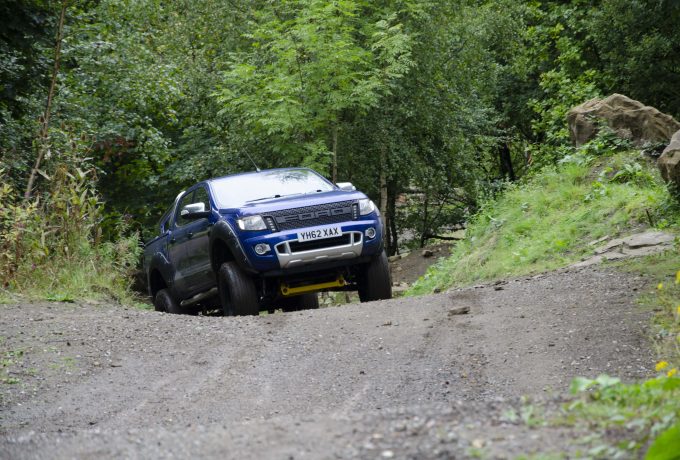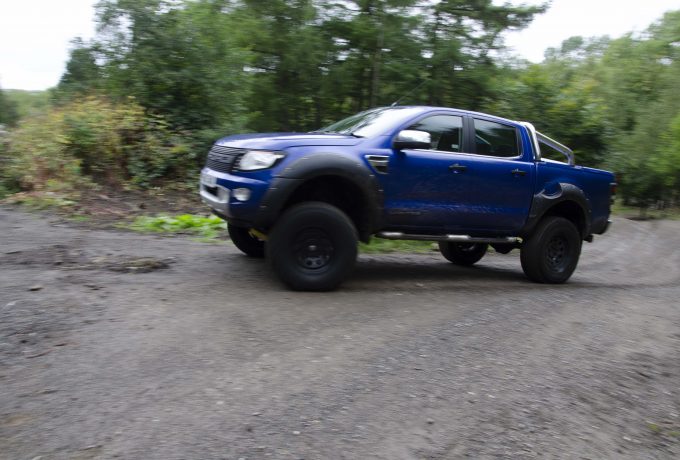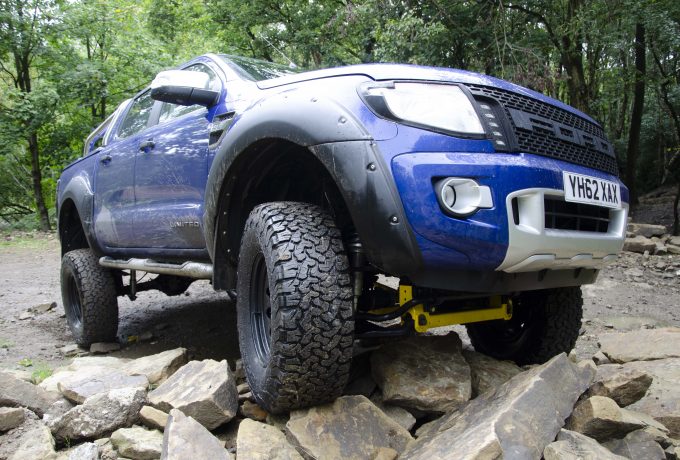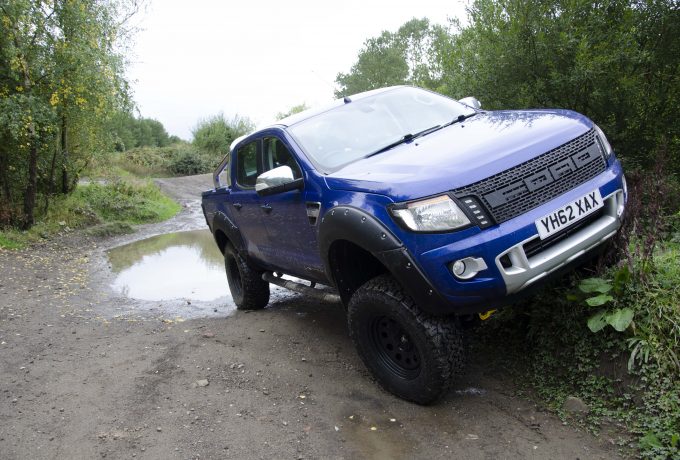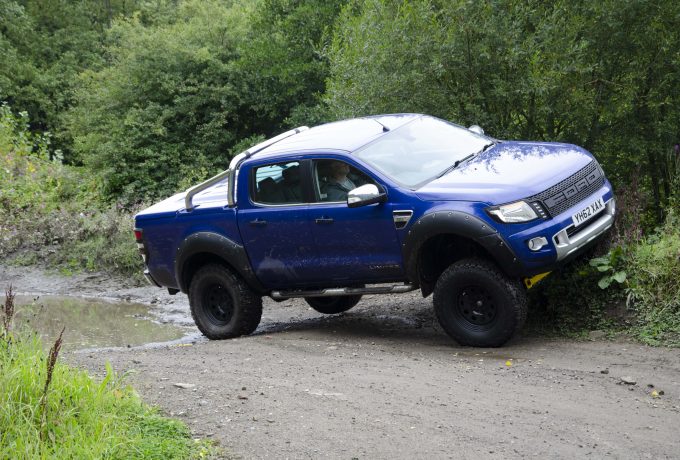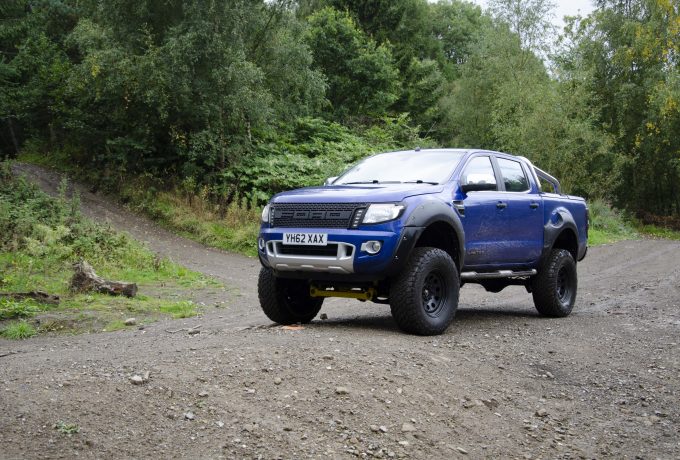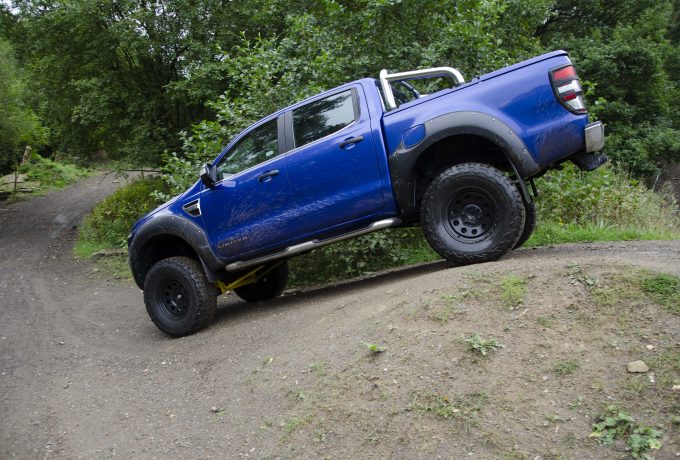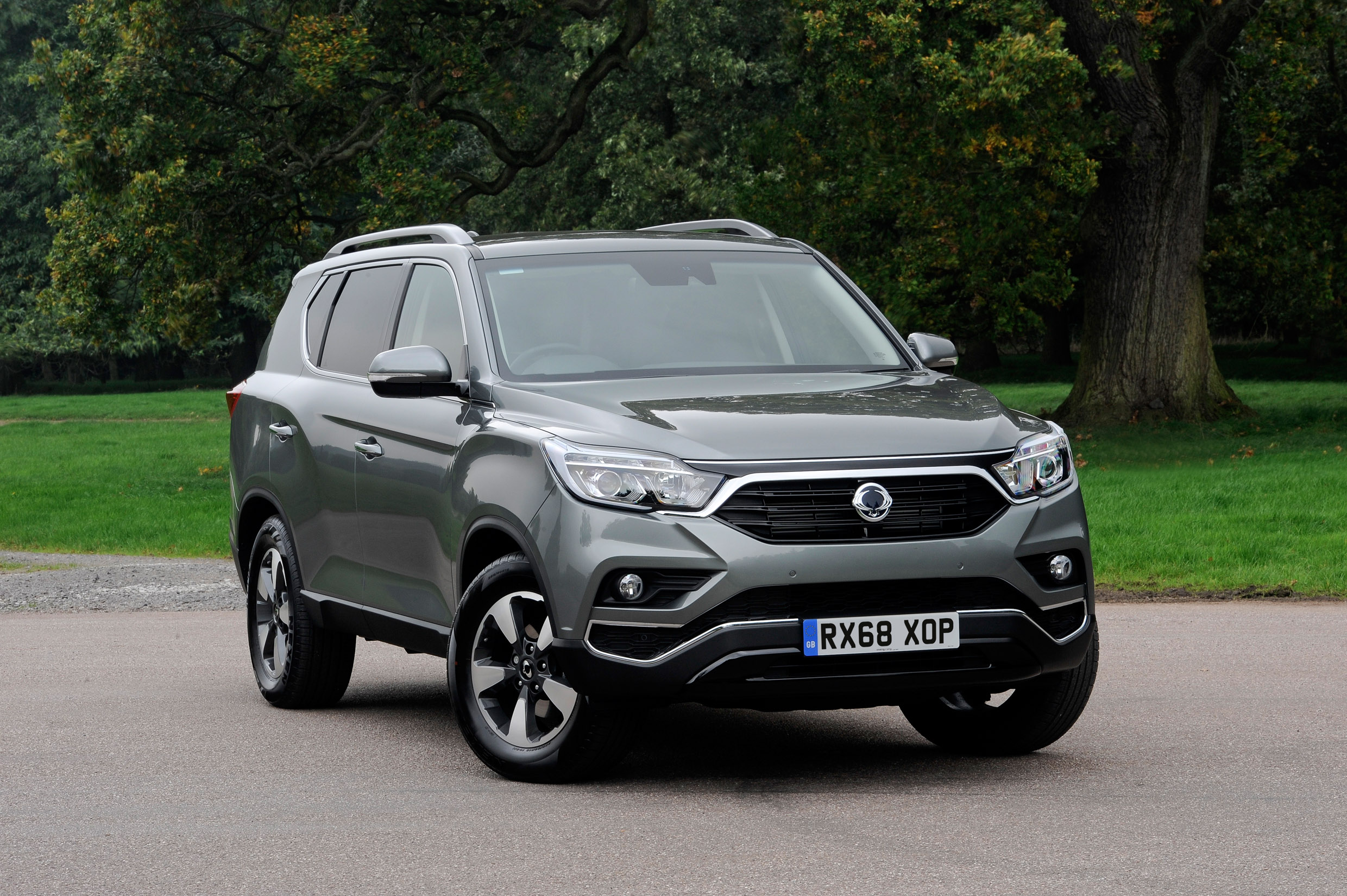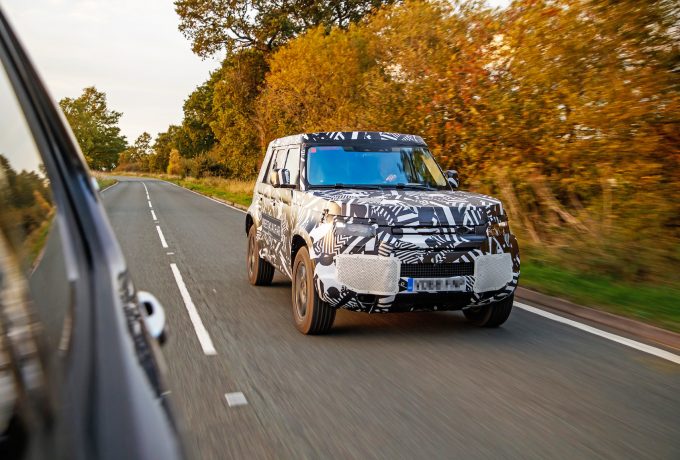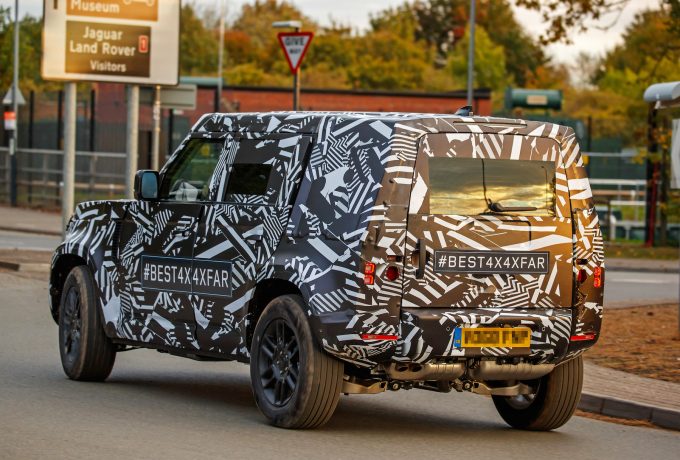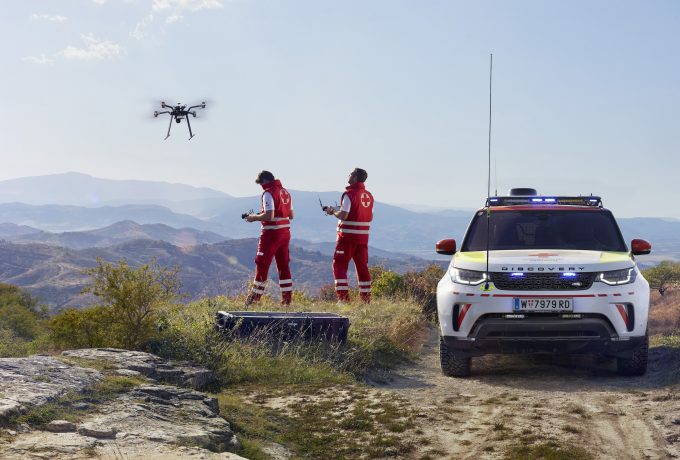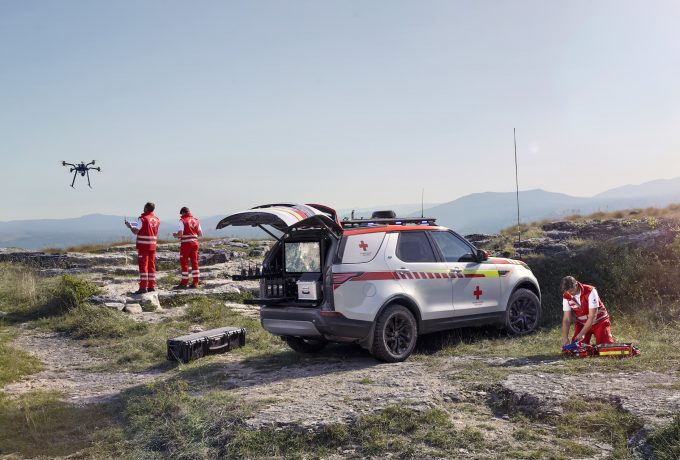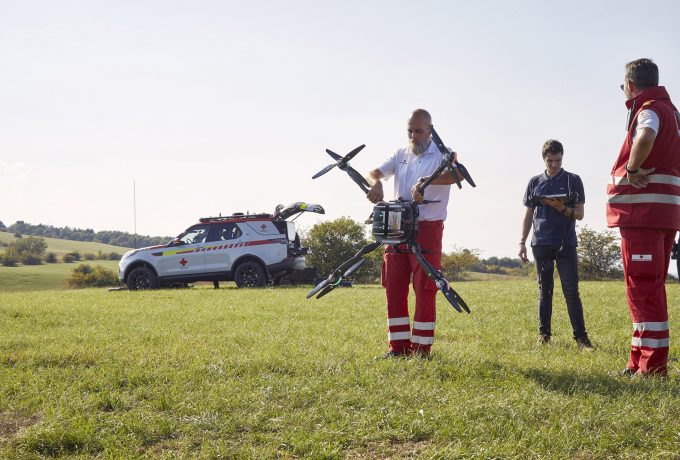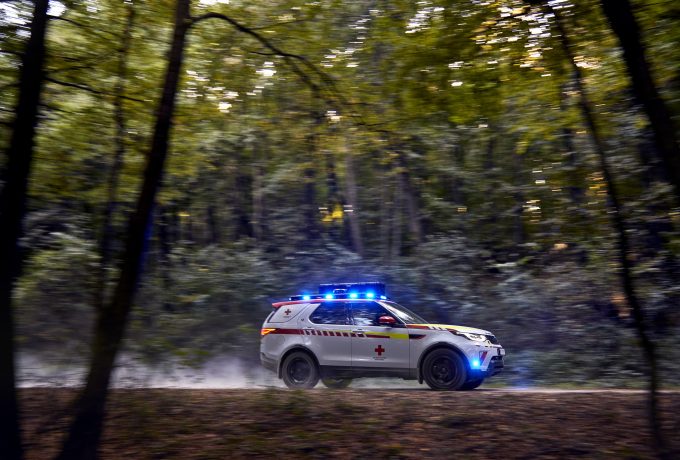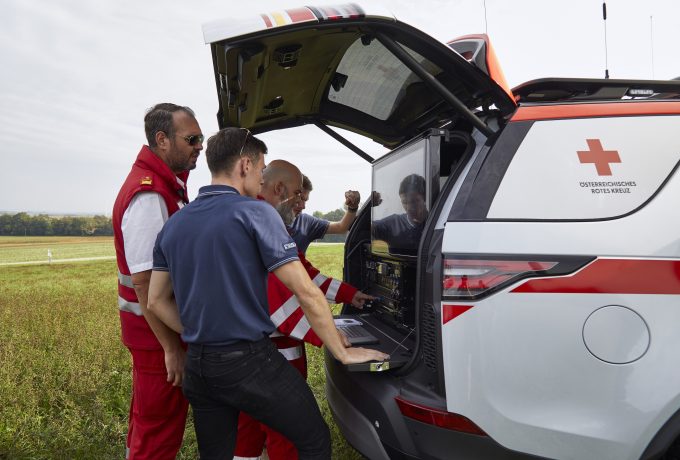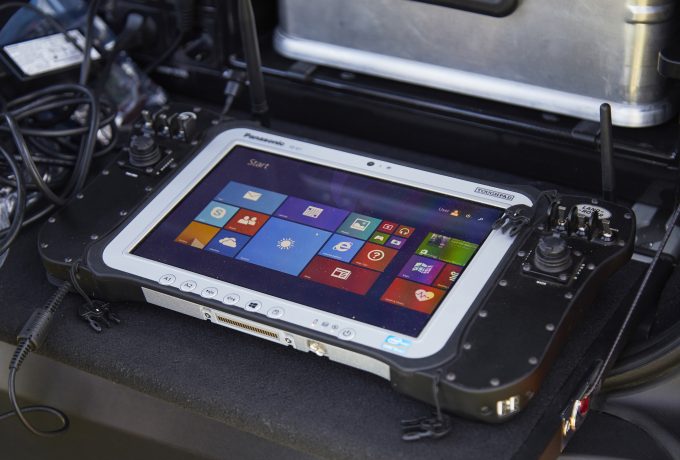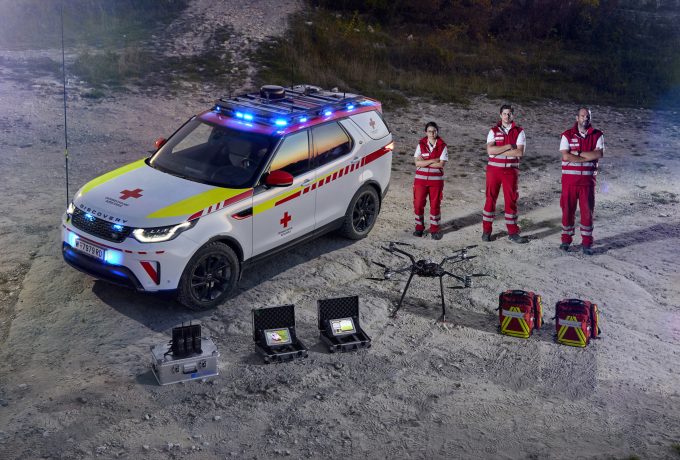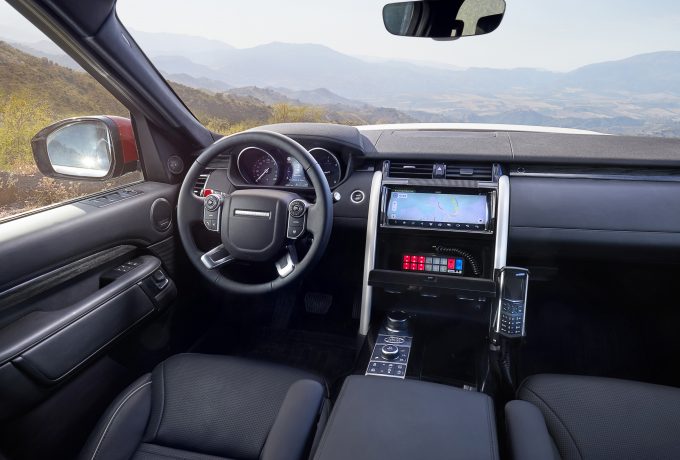It’s not often that a suspension lift catches your eye. They’re so commonplace in the world of off-roading that we’re no longer surprised. But then something like Sean Bloodworth’s Ford Ranger comes along and simply refuses to be overlooked.
We all know the story of Doctor Frankenstein and his monster.Trying to create life, going where nobody has gone before and not knowing what will happen, the have-a-go creator succeeds in his experiment… but with dire consequences.
Happily, this story doesn’t have dire consequences. But it does have a cool truck, which is much better.The similarities to Victor and his monster are there, but there isn’t necessarily an antagonist or anti-hero involved. Despite its extreme finishing point – a pick-up lifted by 10” – the tale of Sean Bloodworth’s Ford Ranger started like any other rebuild.
‘I had no intention of modifying the Ranger when I bought it,’ says Sean. ‘I just wanted something more capable than my Navara, because I enjoy going off-road.’
And as you may be able to tell, there’s a story behind the Navara’s dismissal.
‘I took it to a pay and play centre, and a guy showed me around to start with, he actually said to me not to do the see-saw because it’s for modified vehicles.’ No prizes for guessing where this is going…
‘The first run I didn’t give it quite enough and I slid back down,’ continues Sean. ‘So, the second time I really gave it some, covering the wife in mud in the process, and smashed down the other side.’
Although he knew it had taken a hit, Sean drove home – and then even went out again – before returning to an oil slick on his drive which started the alarm bells.
‘It was then that I had a proper look and the front axle had gone through the sump. After that, I realised I needed something more capable if I was going to take it off-road.’ The guy who told him not to mess with the see-saw might take issue with the logic of this, as might the guy from Nissan, but Sean is the customer and you know what that means.
So, as is often the case in the current off-road market, Sean went for a Ranger. To be specific, a 2012 Ford Ranger, making it one of the early examples of the current model. Which, you may recall, he didn’t plan on modifying at all.
‘I saw a pick-up in 4×4, I think it was a Mitsubishi, and it had a decent lift on it. I remember thinking “why can’t I do that?” It was my first project that was a truck, but when I was younger I worked on Minis and modified them, turned them into racers. I’ve played about with Escorts and stuff, too.’
Even with his previous experience modifying vehicles, this was a starkly different challenge to anything Sean had encountered before. From reading the article on what may or may not have been an L200, the next year was spent researching what parts would be required and would work together.
‘Including the research, the process of getting the Ranger from standard to the full lift took about a year. Most of that was the research because the parts I used weren’t common, but the build itself, fitted around work, took about five days I’d say.
‘There was a degree of trial and error,’ adds Sean. ‘But now I’ve done it, I’d say that it would be three days’ work.’
Without jumping ahead too far, that raises a question that may well be best answered now.
Having got back into the mind-set that comes with the modification process, Sean got the taste for more. And, given that he’d built up a network of contacts during the research and acquisition of the specialist parts, has decided to start his own business doing so. Working as an aircraft fitter, paired with his newfound system, Sean knows what he’s doing and is ready to market this lift kit.
‘I’ve never had a business before so there’s not too much of a plan. I’m just thinking on my feet with it, really. I suppose it’s a bolt-on-lift- conversion-kit, service,’ he jokes.
As you’d expect, the process wasn’t simple and, understandably, Dr Frankenstein won’t be revealing exactly what he used to spark his monster into life. Commercial confidentiality, and all that.
With the axles dropped off and the shocks removed, Sean lifted the rear using blocks and shackles. The crossmember had to be removed, too, which was a daunting thing to have to do.
‘The point of no return was when I cut the bracket for the crossmember,’ Sean recalls. I was essentially cutting the chassis up. I fitted a new one – and a diff drop bracket – before fitting the new axle. It turned out to be the wrong way around, but I noticed and sorted it before moving on.’
From here, more trial and error ensued with the fitment of the front diff.Time was spent perfecting the angle, to ensure that the UJ and CV joints didn’t end up being overworked. After the angle of the diff was finalised, it was a case of bolting everything back on with the new shocks and springs.
‘It was a bit worrying when I put the wheels back on,’ admits Sean.‘When I put them on with the bigger tyres it made the vehicle too high to take off the axle stands using the trolley jack!’
After the suspension was complete, attention turned to the finer details of the lift, and bringing the monster truck to life.
‘After changing the suspension, the front and back brake hoses were lengthened, and I played around getting it to sit level,’ Sean explains.‘The shocks at the front are height adjustable, so that was fairly easy to complete.’
Another fairly easy change Sean made to the Ranger was also one of the most impressive to look at. Having got the final lift of 10” completed, new custom wheelarch extensions were added to compensate for the 35” BFGoodrich All-Terrains. Sean also added a Truckman Sports canopy and roll bar, and adjusted the lower drive ratios.
‘One of the hardest parts was adjusting the lower drive ratios so the speedo showed the speed correctly with the bigger wheels,’ Sean recalls.‘It did show 30 when you were doing 25, and it was a bit pessimistic when you were going faster – but it’s spot on now.’
With the Ranger lifted by 10” – five from the springs and shocks, two from the shackles and three of rubber for good measure – it was time for Sean to stretch the legs of his monster. The moment of truth. Had all of the work been worth it, or had the lift ruined the ride of a perfectly good Ranger?
‘The real revelation of the whole process was getting in it and driving it for the first time. You can actually throw it about and it corners really well. It’s well planted for something of its height. I’d say it handles better than when it was standard – there’s less roll and it’s smoother.’
Sean stopped and took stock once the job was done, and thought about what to do next.
This resulted in a trip to Ecotech Performance in Buckley, North Wales, where he had the beast chipped, upping the power of the 3.2 TDCi engine to 240bhp and 413lbf.ft. Now confident that the project was complete, Sean stopped to assess the situation once again. Having sourced the parts for the one-of-a-kind lift, making contacts in the process, he found his research had paid off as it resulted in a thoroughly kick-ass, road-going monster truck.
‘I’d taken the Ranger off-road a few times before the lift,’ says Sean.‘But afterwards, when I thought about selling it and making a business of it, I decided not to take it off-road again.’
Since completing the build, Sean’s Ranger caught the lustful eye of an onlooker and he has parted ways with his creation – thus making way for the next build.
‘I thoroughly enjoyed the whole process, including the research for all of the parts. It took about a year, but that was only because it was the first time I had done it and I had to find out what to do. Now It’s just a case of getting the parts and then fitting them to a truck, so when I’ve got the parts it should be three days’ worth of work.’
With this experience under his belt, Sean has been able to figure out what to charge people who want him to build him a Ranger like the one in these pictures.
‘I’ve got my price list, which will vary from £5800 to about £6500, depending on exactly what the customer wants. It doesn’t have to
be a 10” lift like this Ranger – there’s scope for whatever the customer wants, and the price list accommodates that.’
Unlike Frankenstein’s monster, Sean’s creation isn’t a psychotic beast. Rather the opposite,
in fact. His work on the truck has laid the foundations for a new business – one which means that you, too, could be driving around in a Ranger like (almost) no other.
Like what you see? To enquire about a lift for your own vehicle, pay a visit to Sean’s website – it’s at www.hi-rise-trucks.co.uk
We photographed Sean’s Ranger at Parkwood Off- Road Centre’s legendary off-road site in Tong, on the outskirts of Bradford. It’s one of the best in the entire country, and it’s open every month for playdays; you’ll find the company at www.parkwood4x4.co.uk

